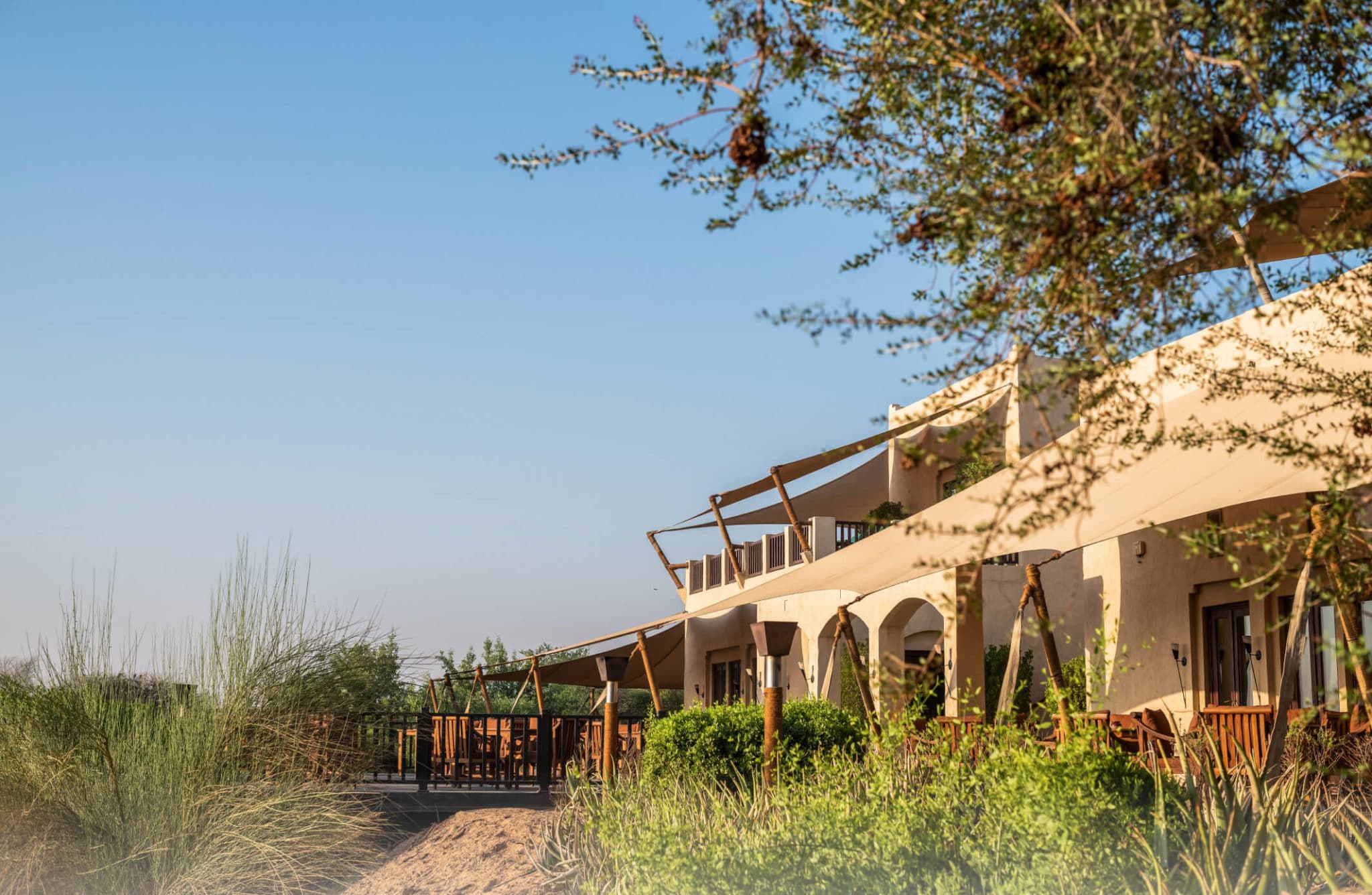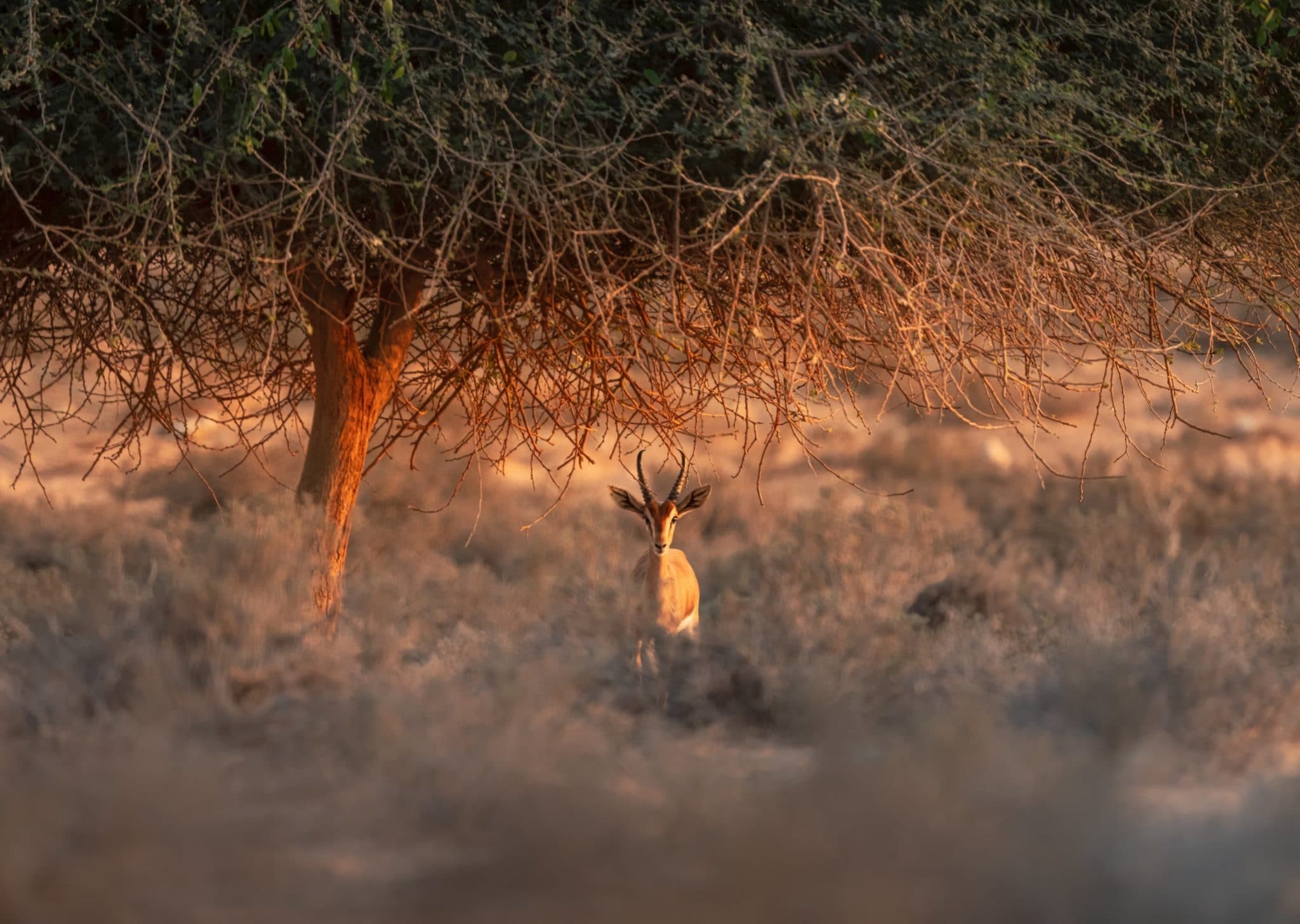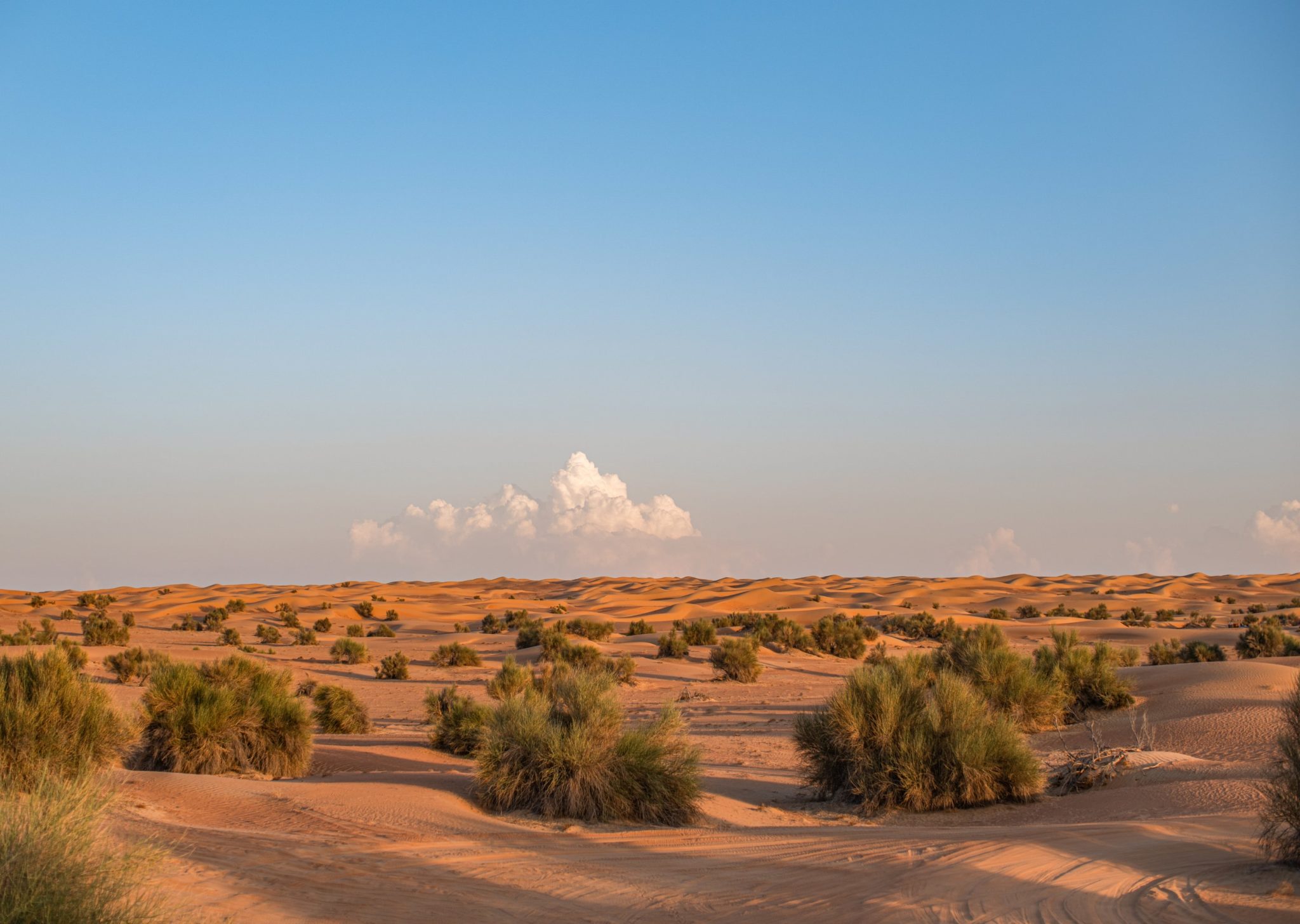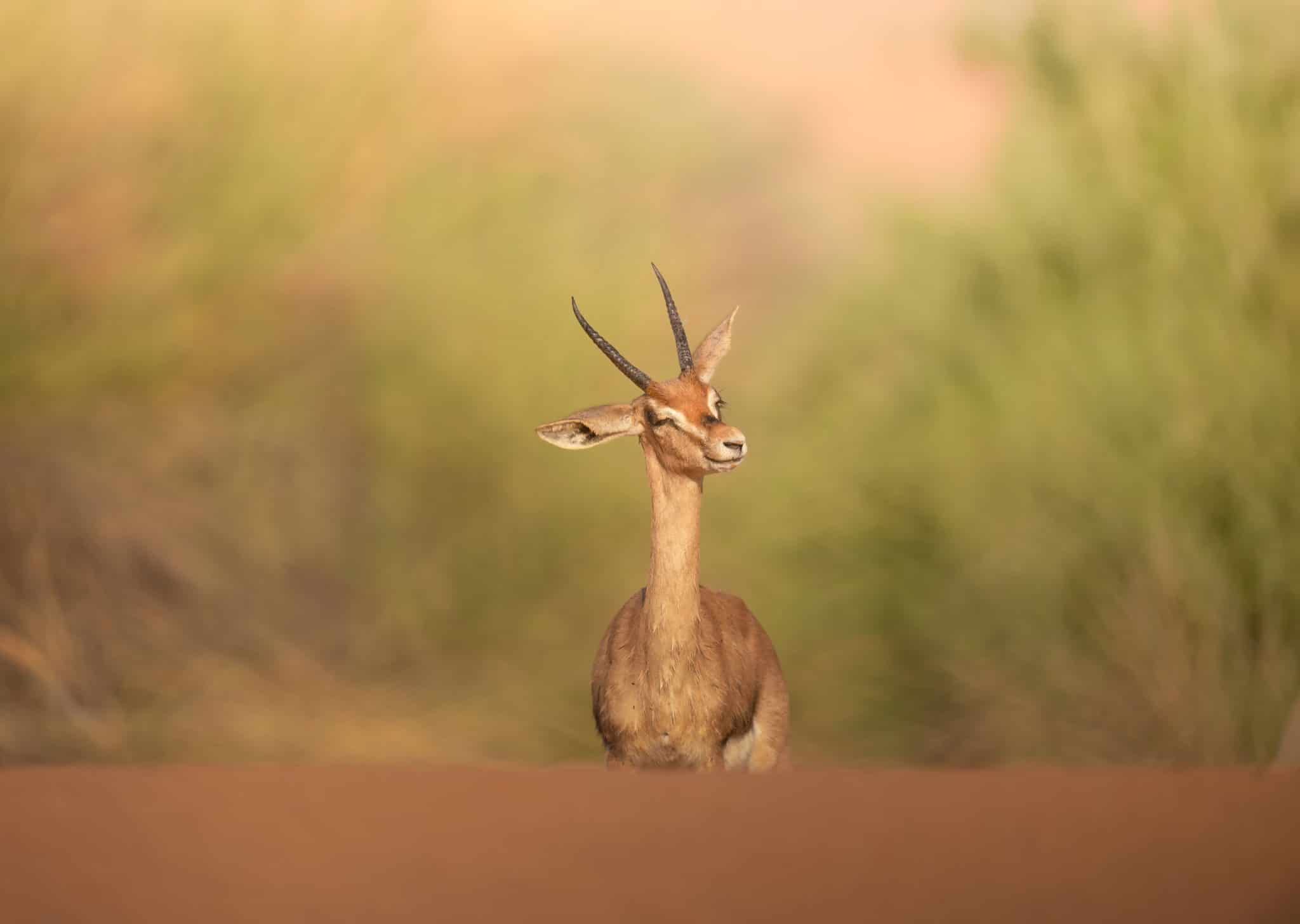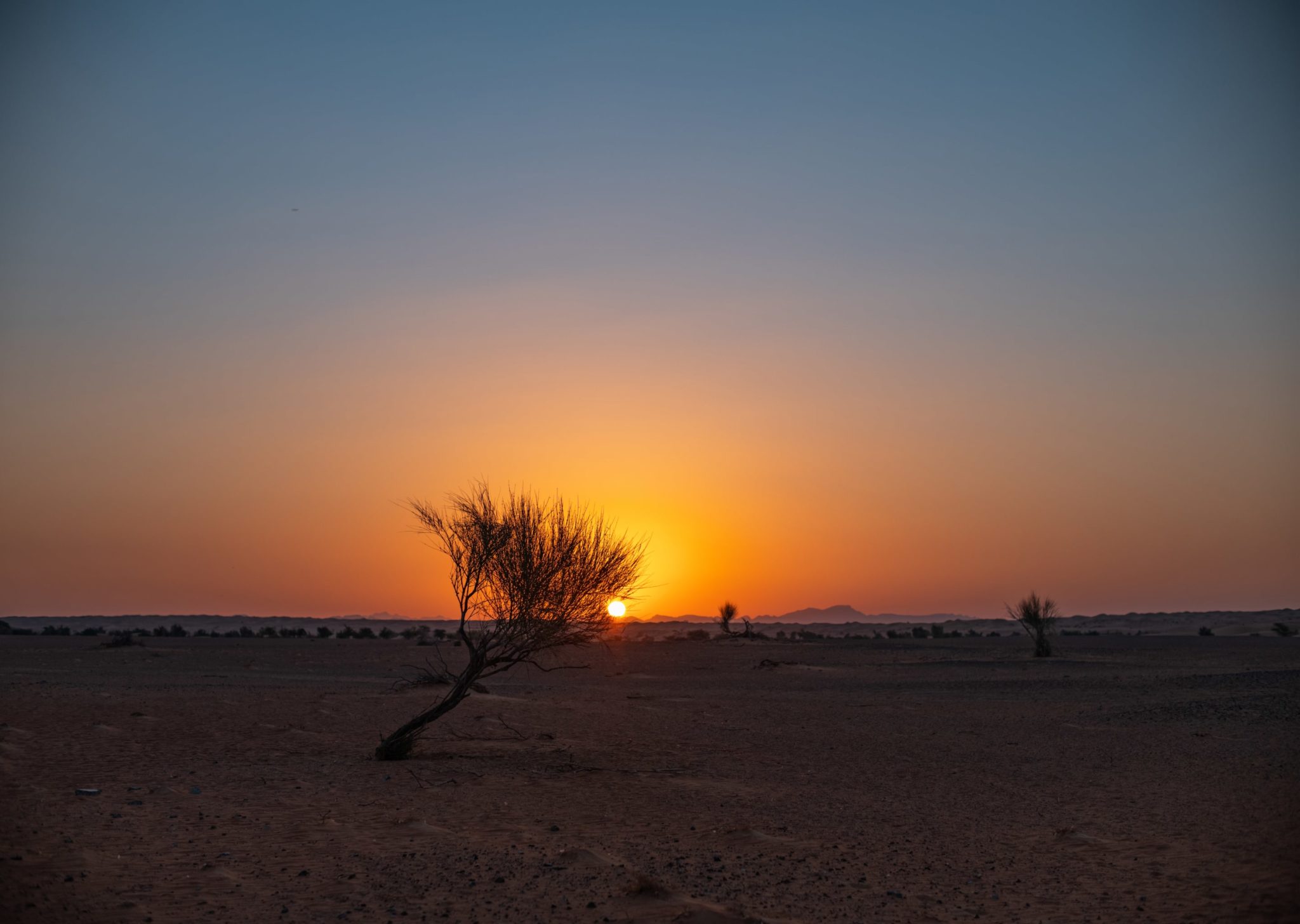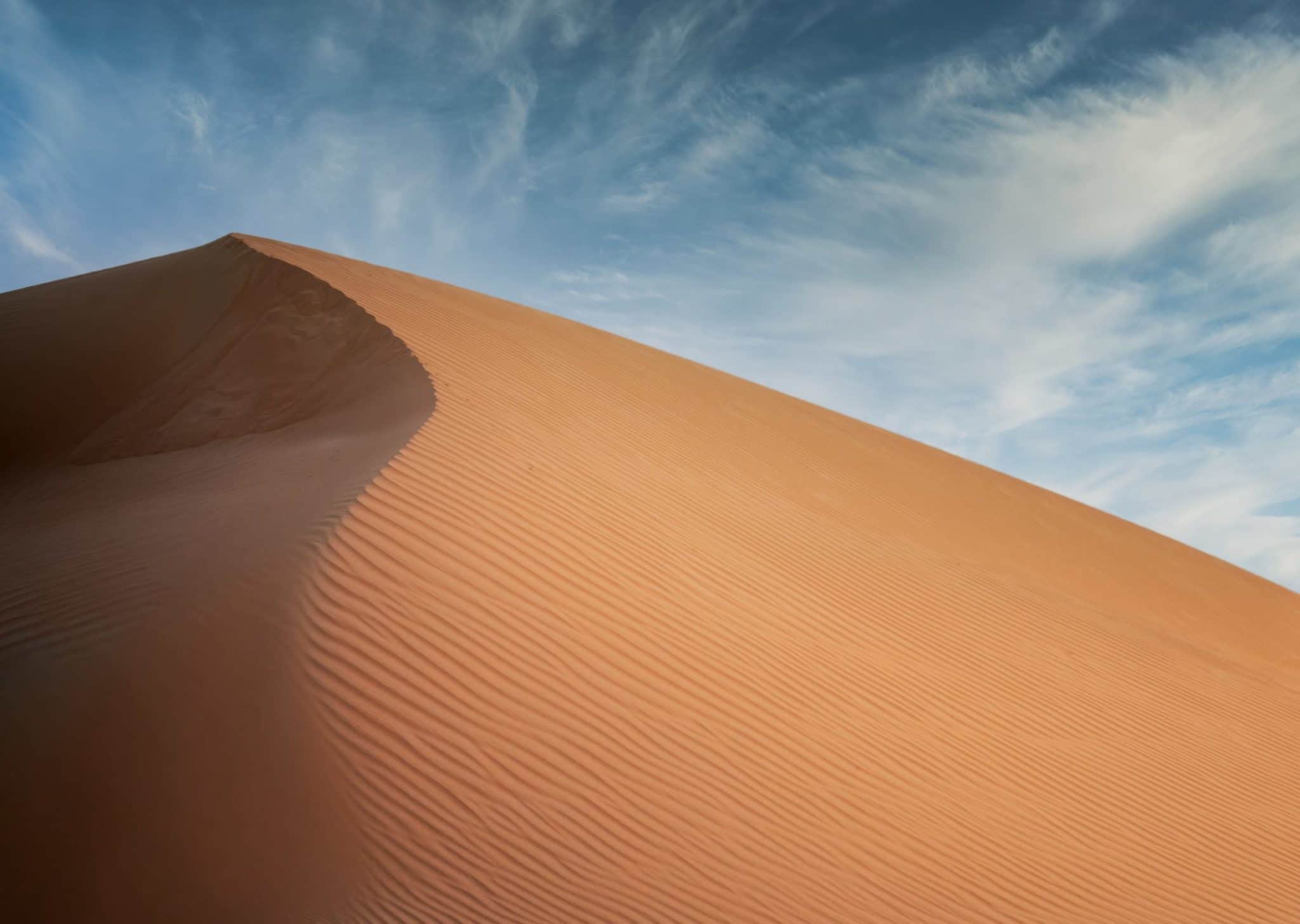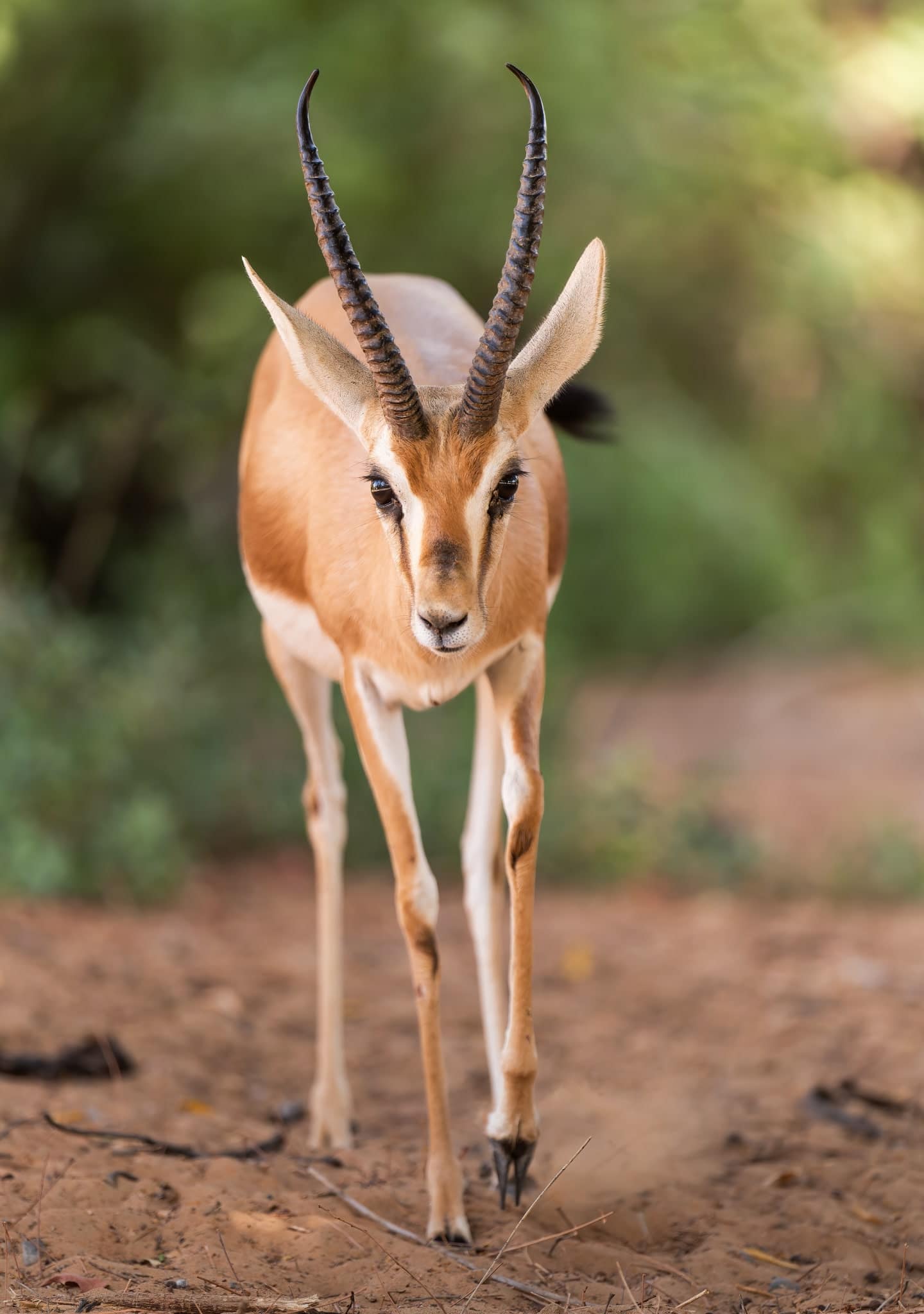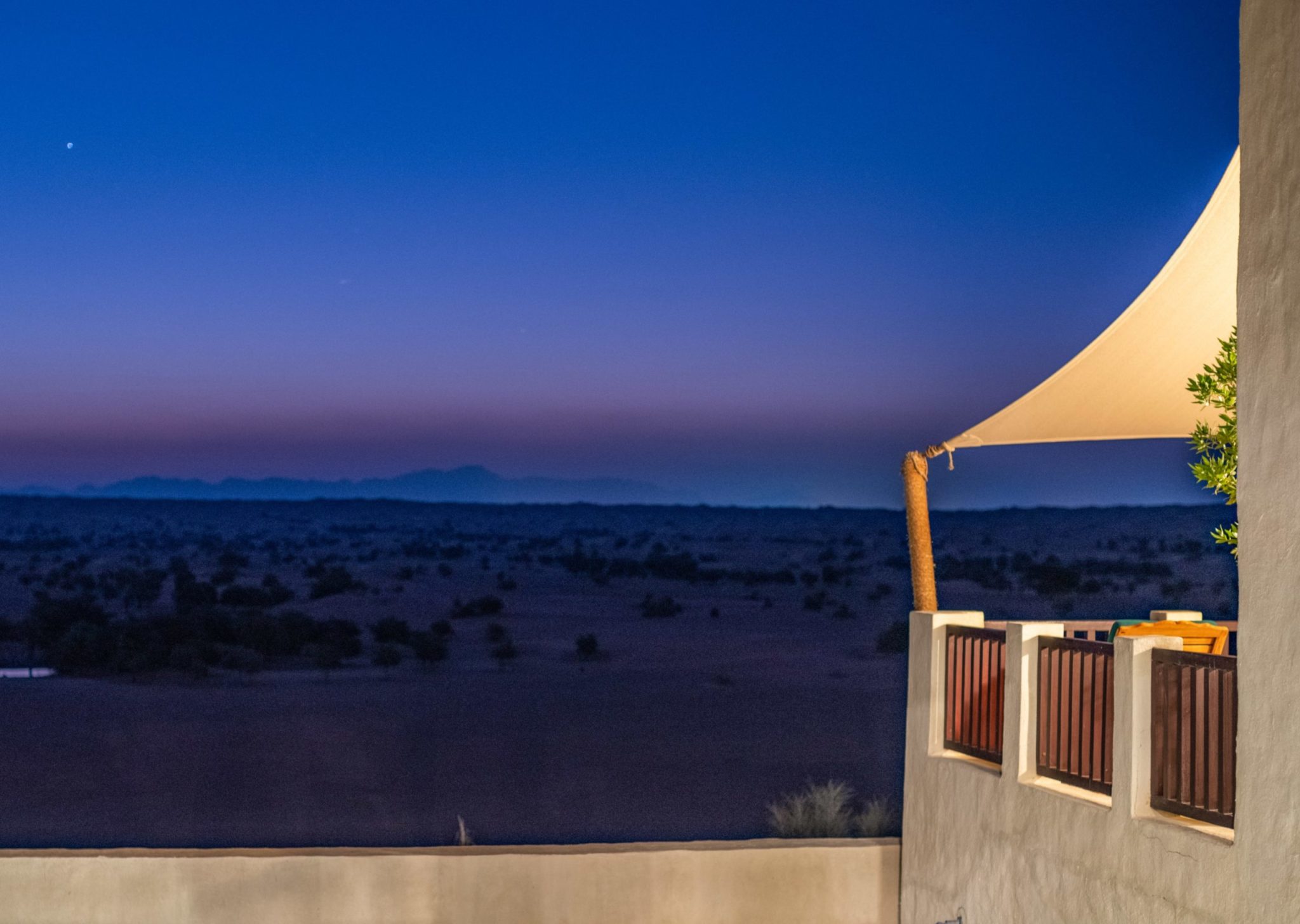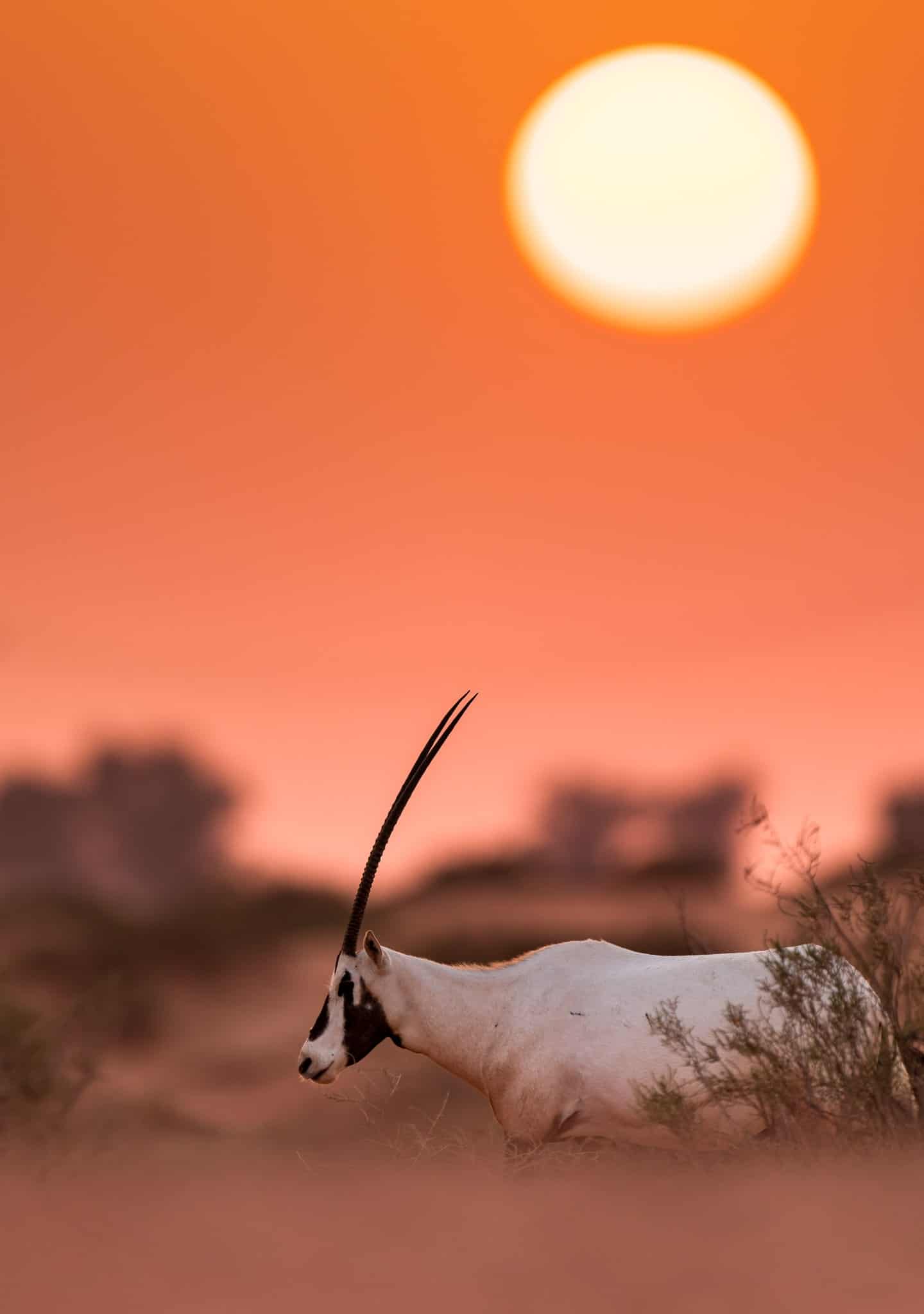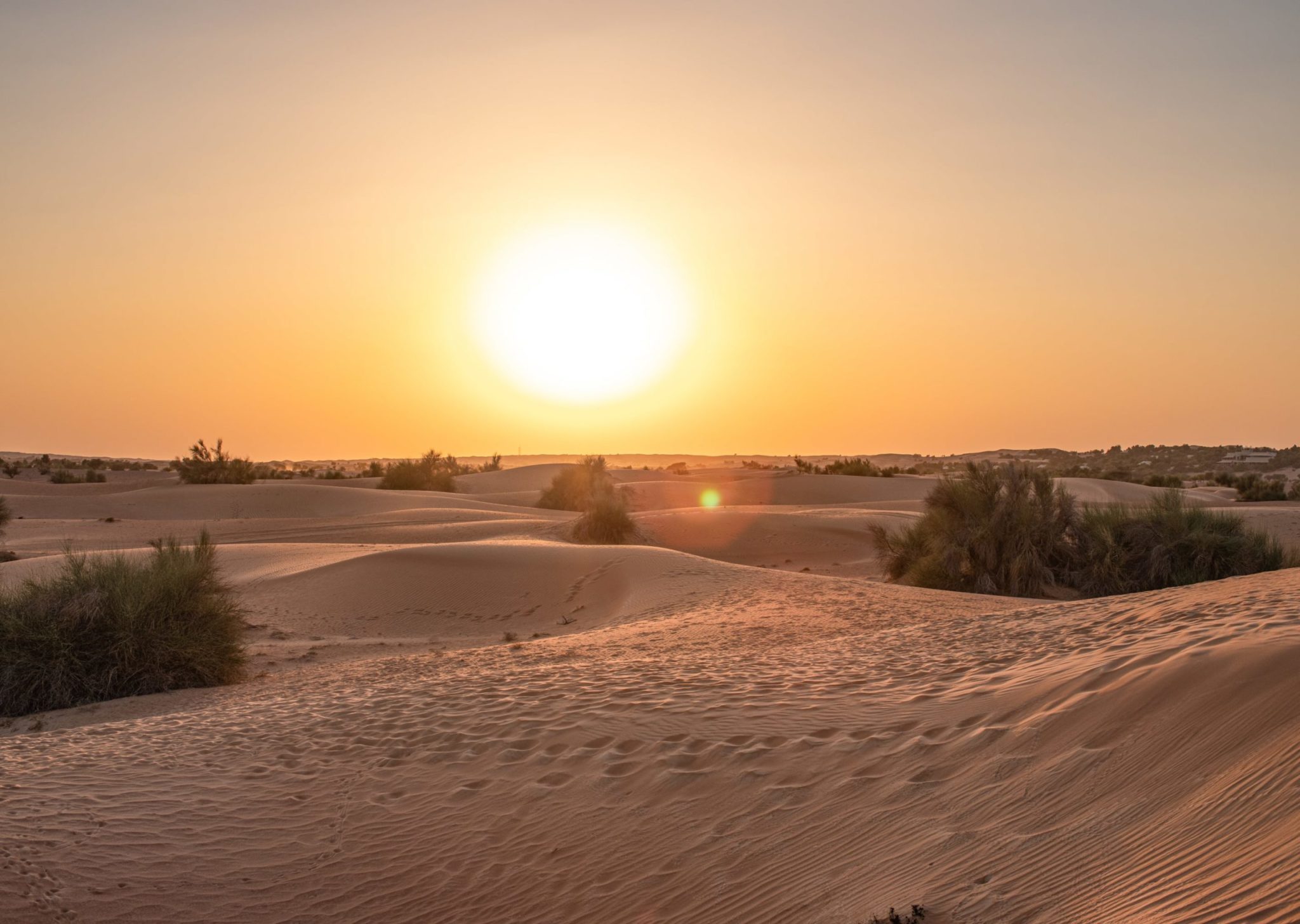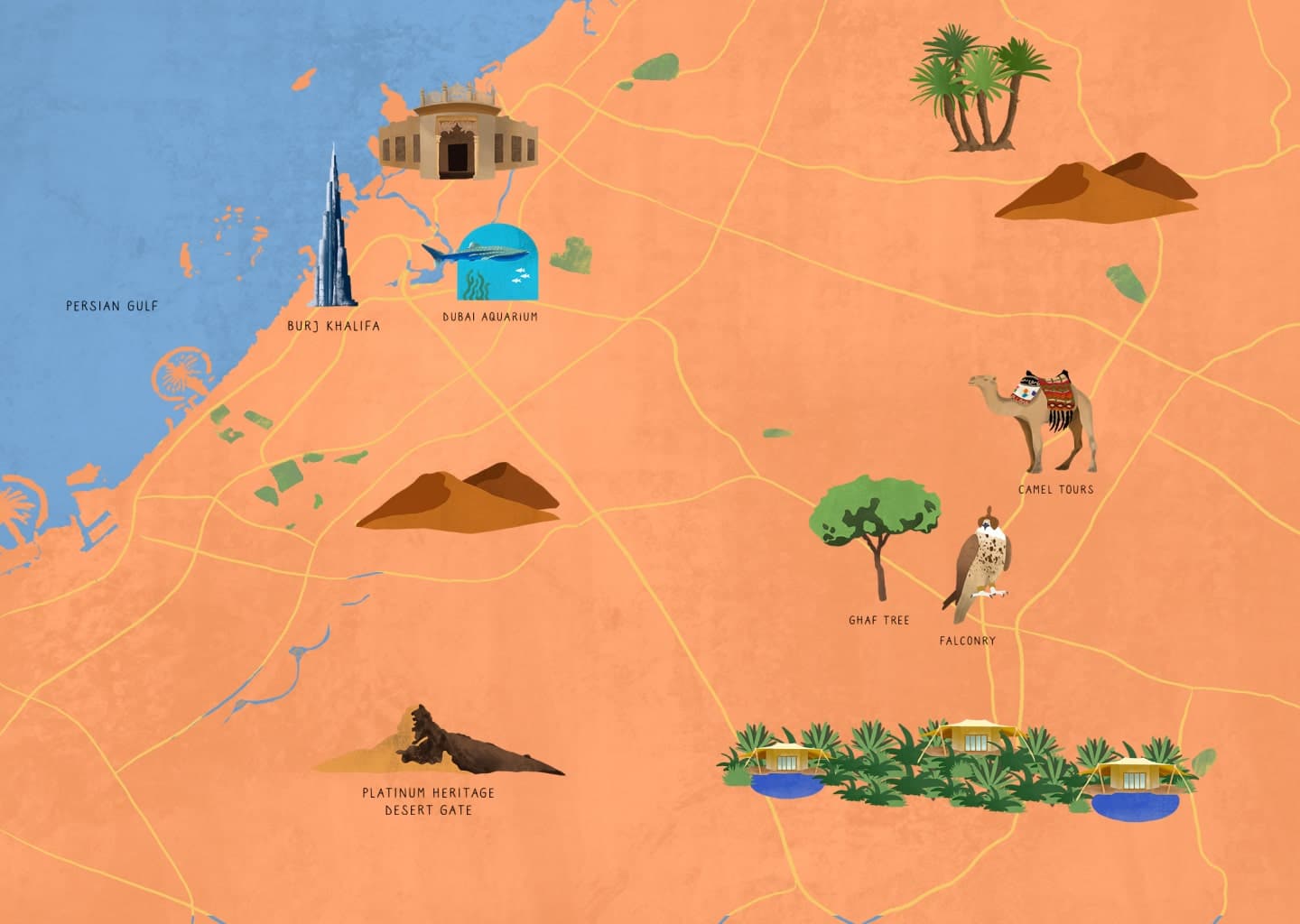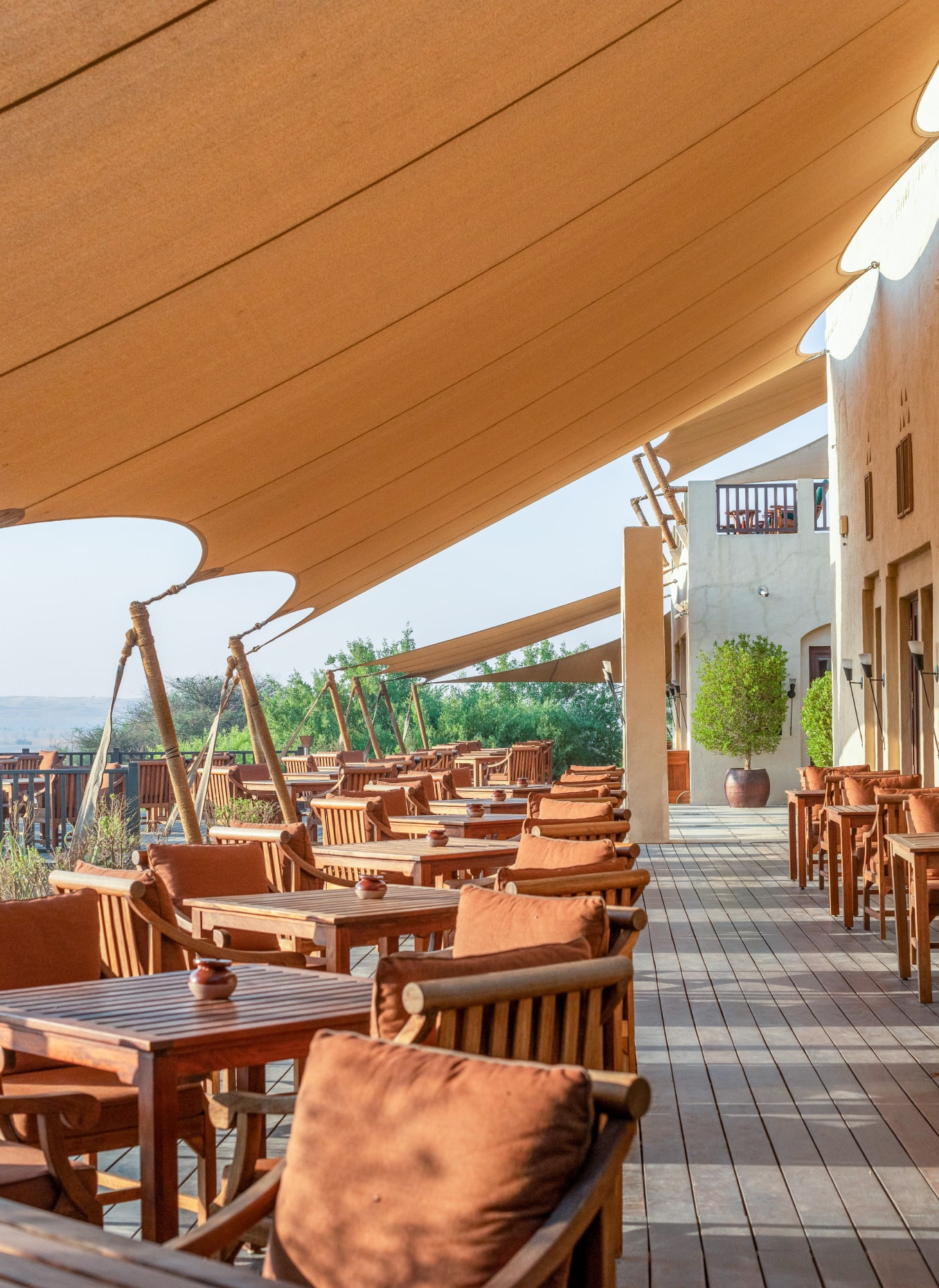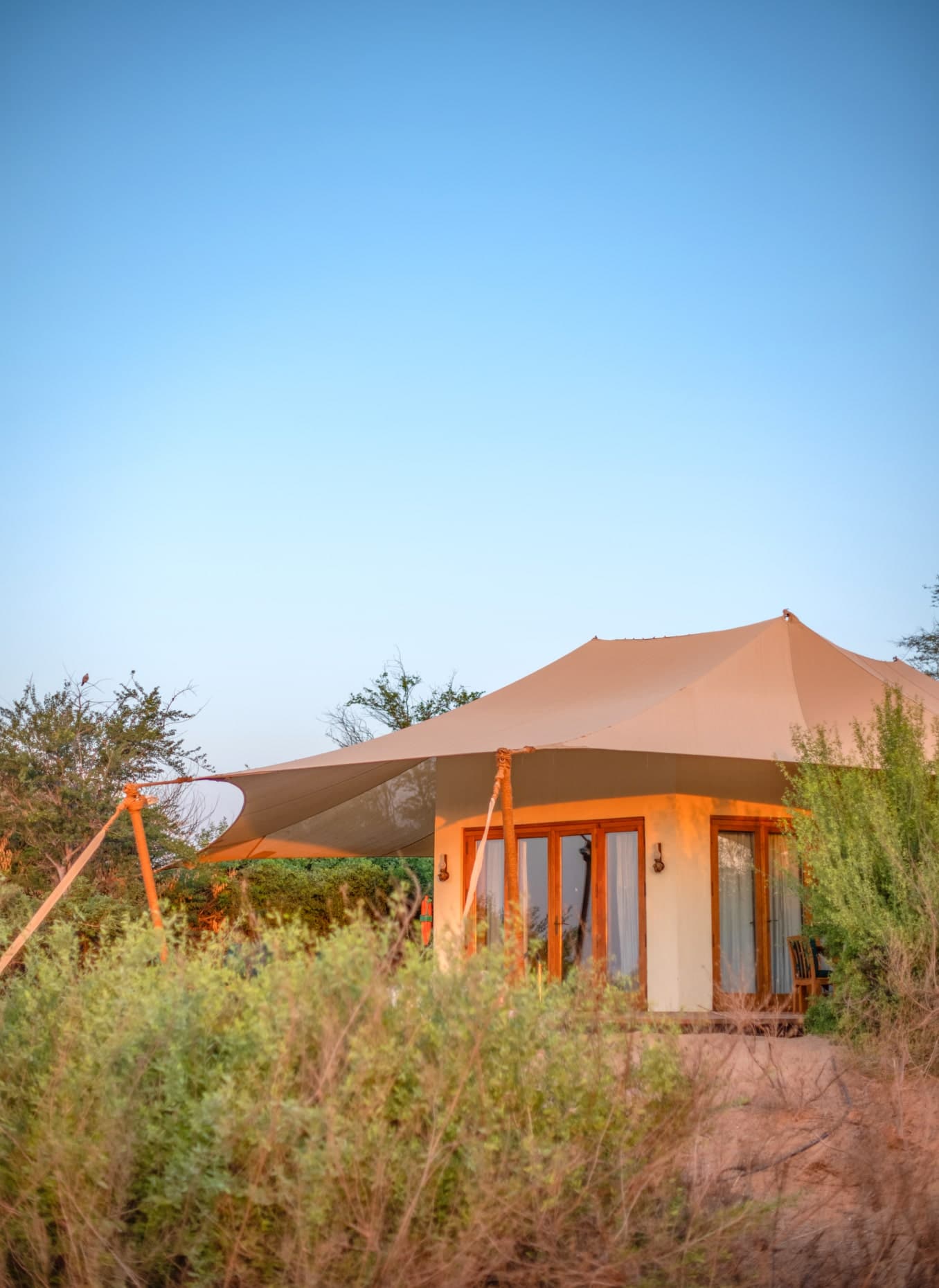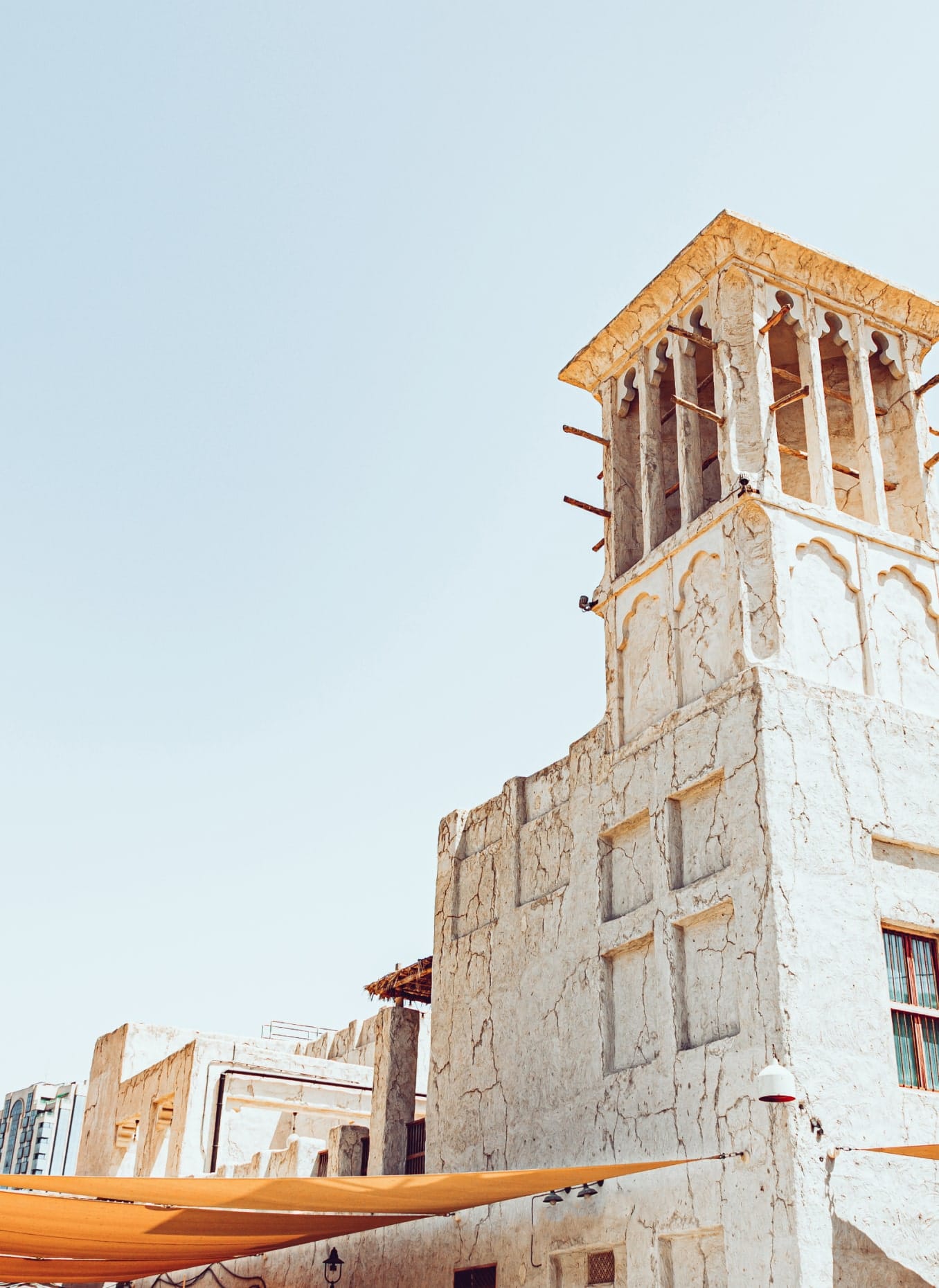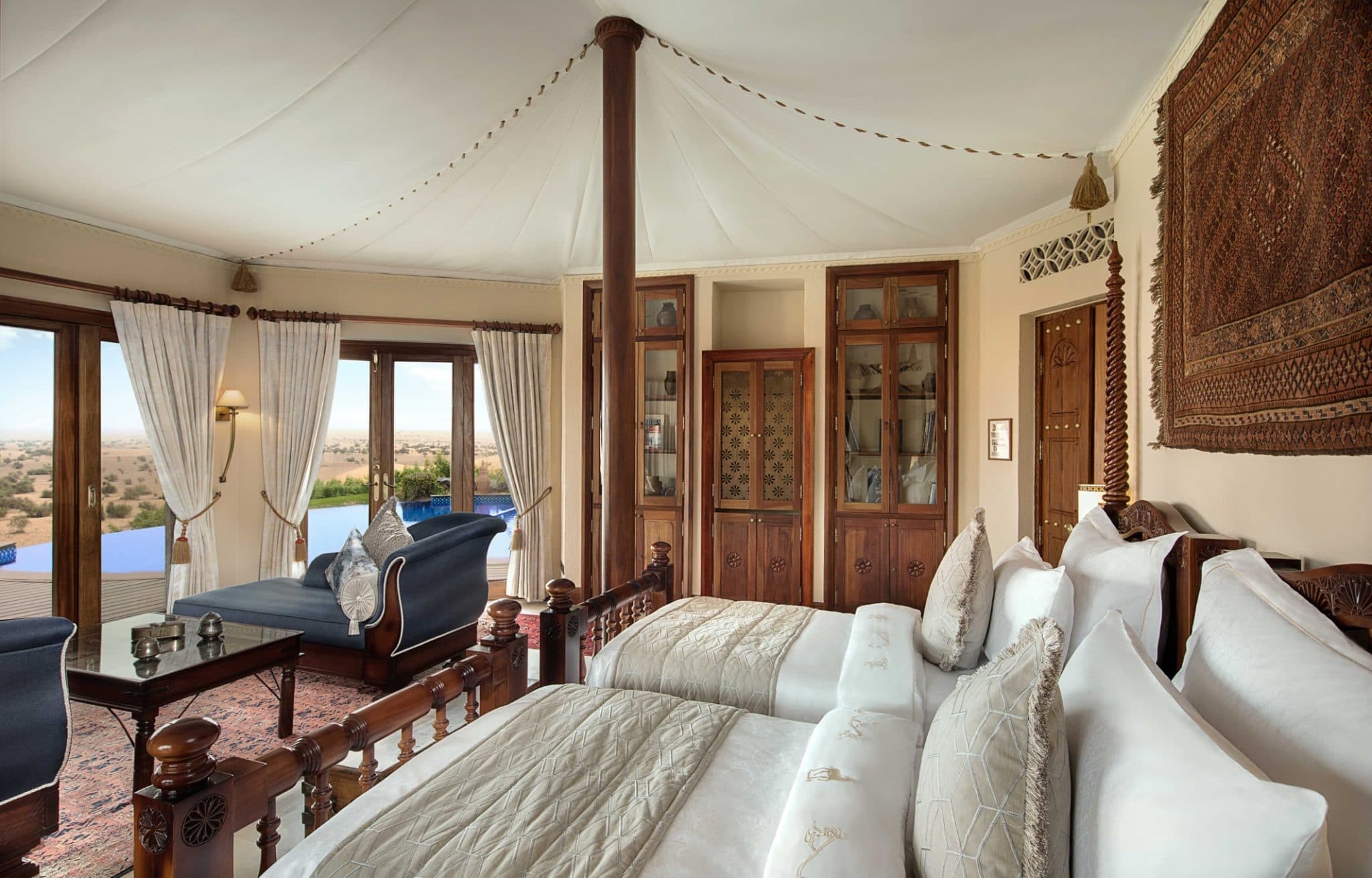how to TRAVEL better
Queen of the Desert
Conservation intersects with sustainability at the Dubai Conservation Reserve
Chaitali Patel
AL MAHA
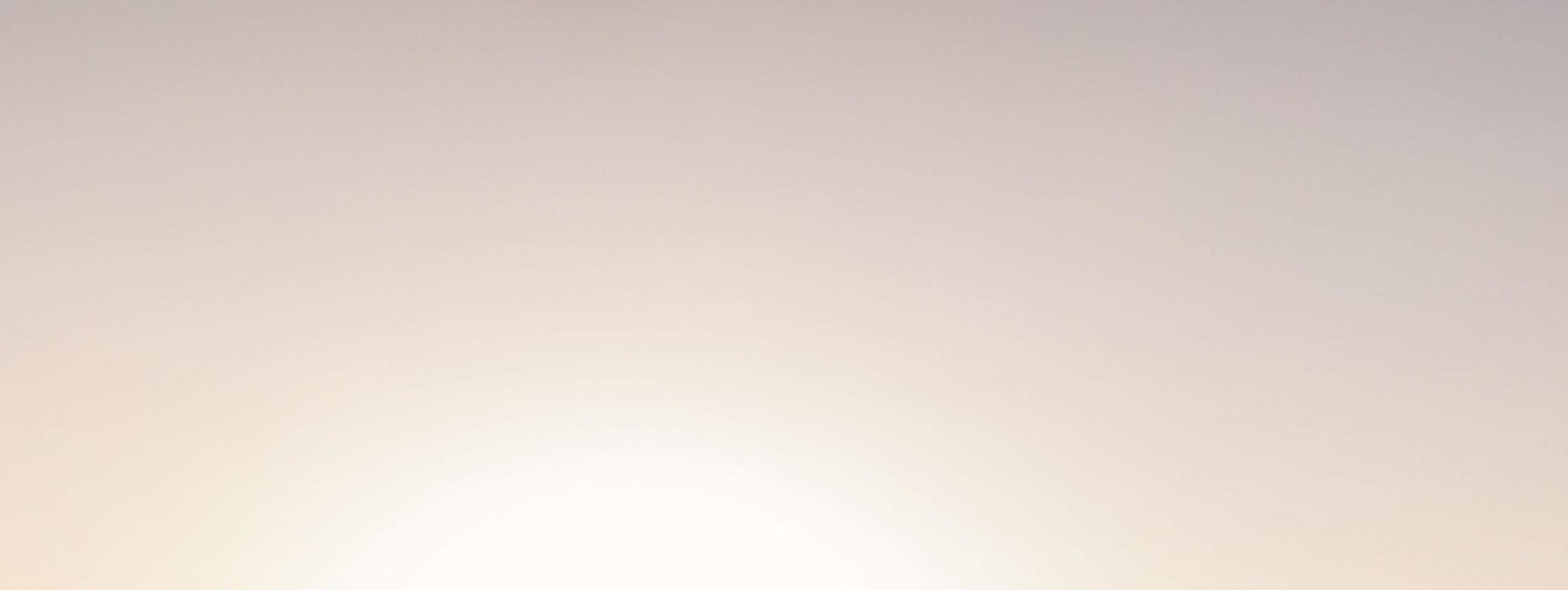
As the first rays of sunlight light the expanse of sands at Dubai Desert Conservation Reserve (DDCR) some 50 kilometers outside Dubai’s city center, field guide Karlich van der Linde steers a four-wheel-drive safari vehicle off the road and onto the sand dunes, heading deeper into the desert terrain.
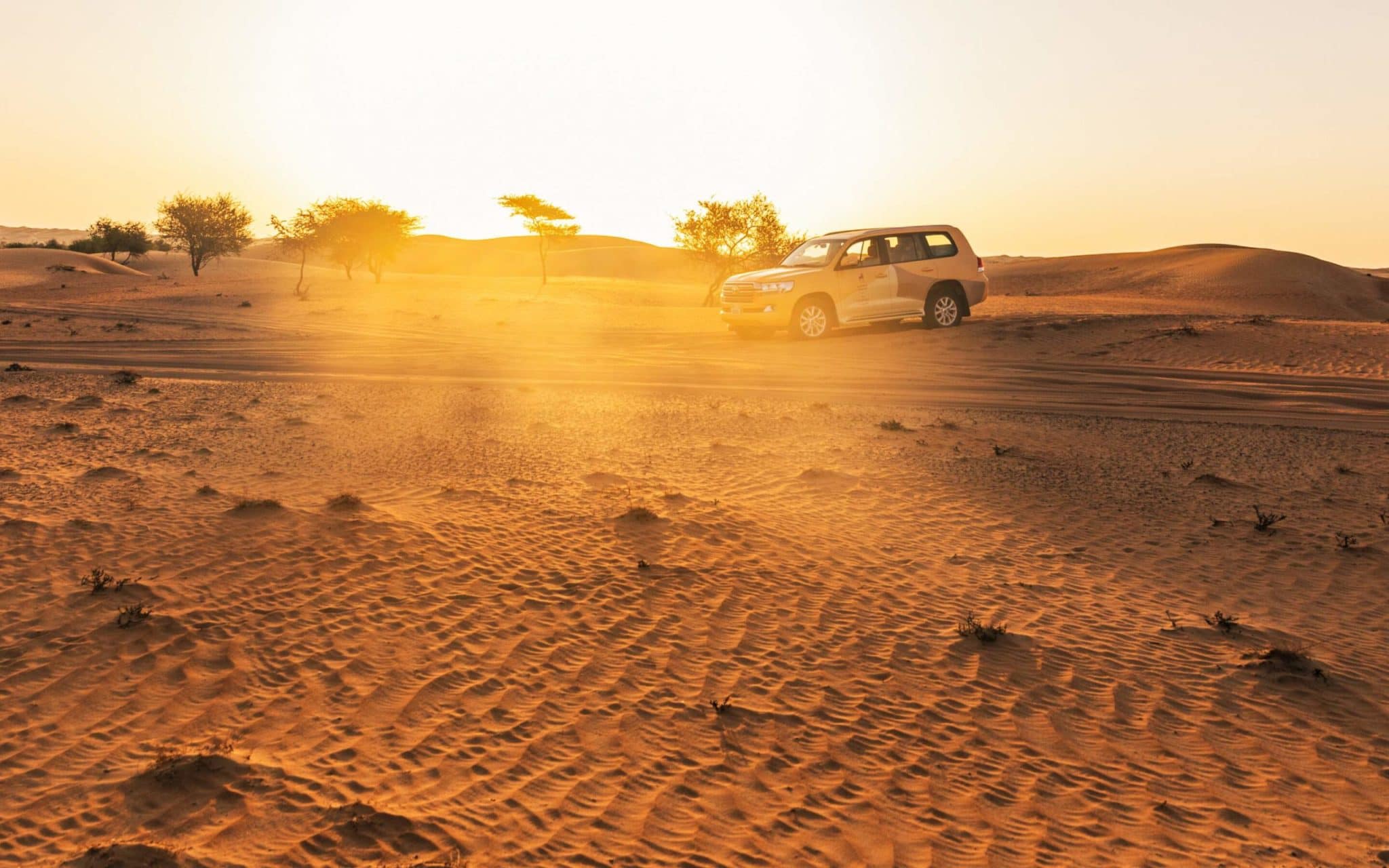

Linde works for Al Maha, a Luxury Collection Desert Resort & Spa, tucked deep within the heart of the reserve, and regularly takes guests on nature walks and drives into the surrounding reserve.
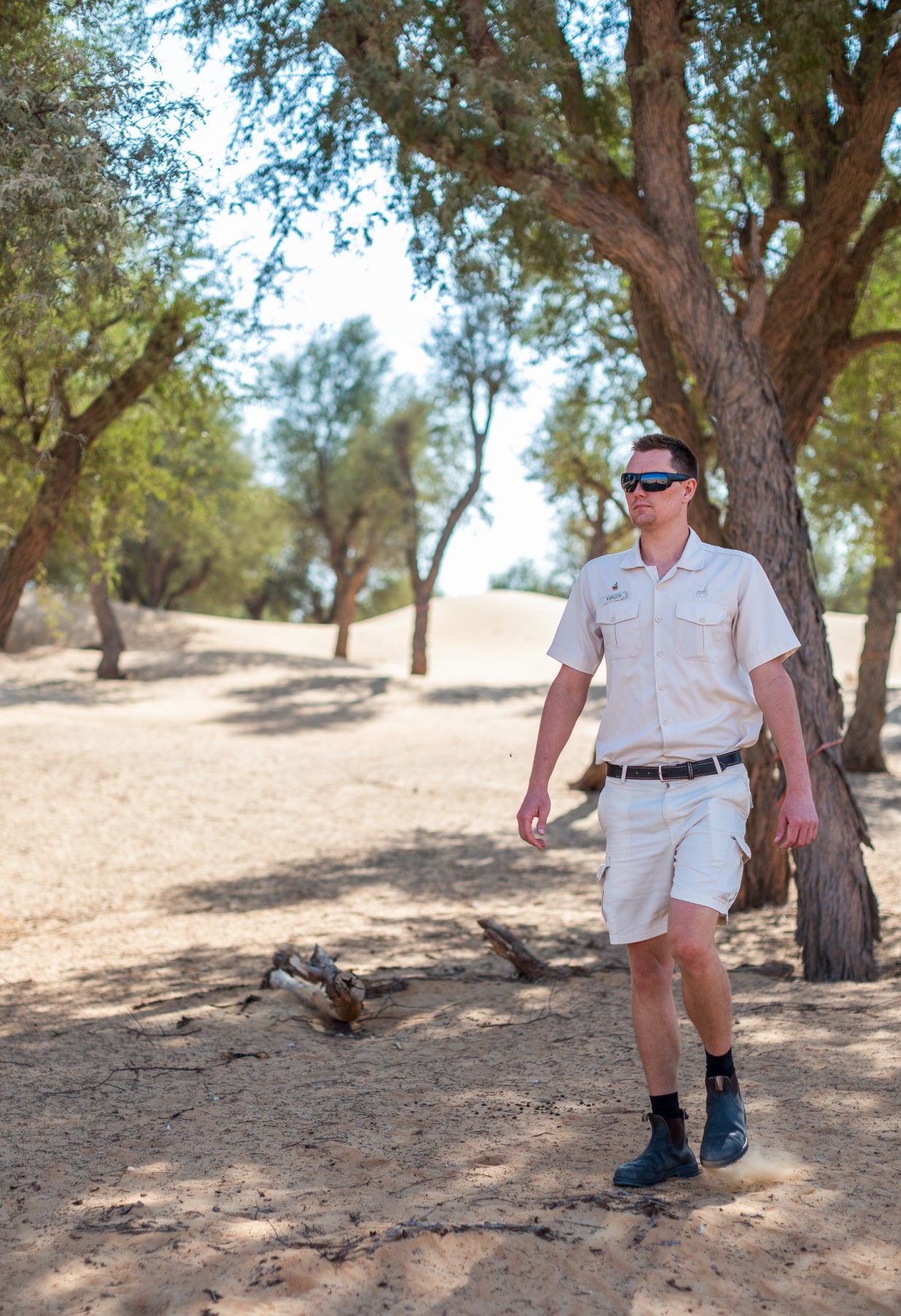

As familiar with the land as he is with the back of his hand, everything out there is a story or a clue for him. To those unfamiliar with the desert, the sands may appear to be unending and plain, but Linde tells guests to look closer. “If you are ever lost, look for little roads called antelope highways; follow [one] and it will lead to a source of water,” he says.

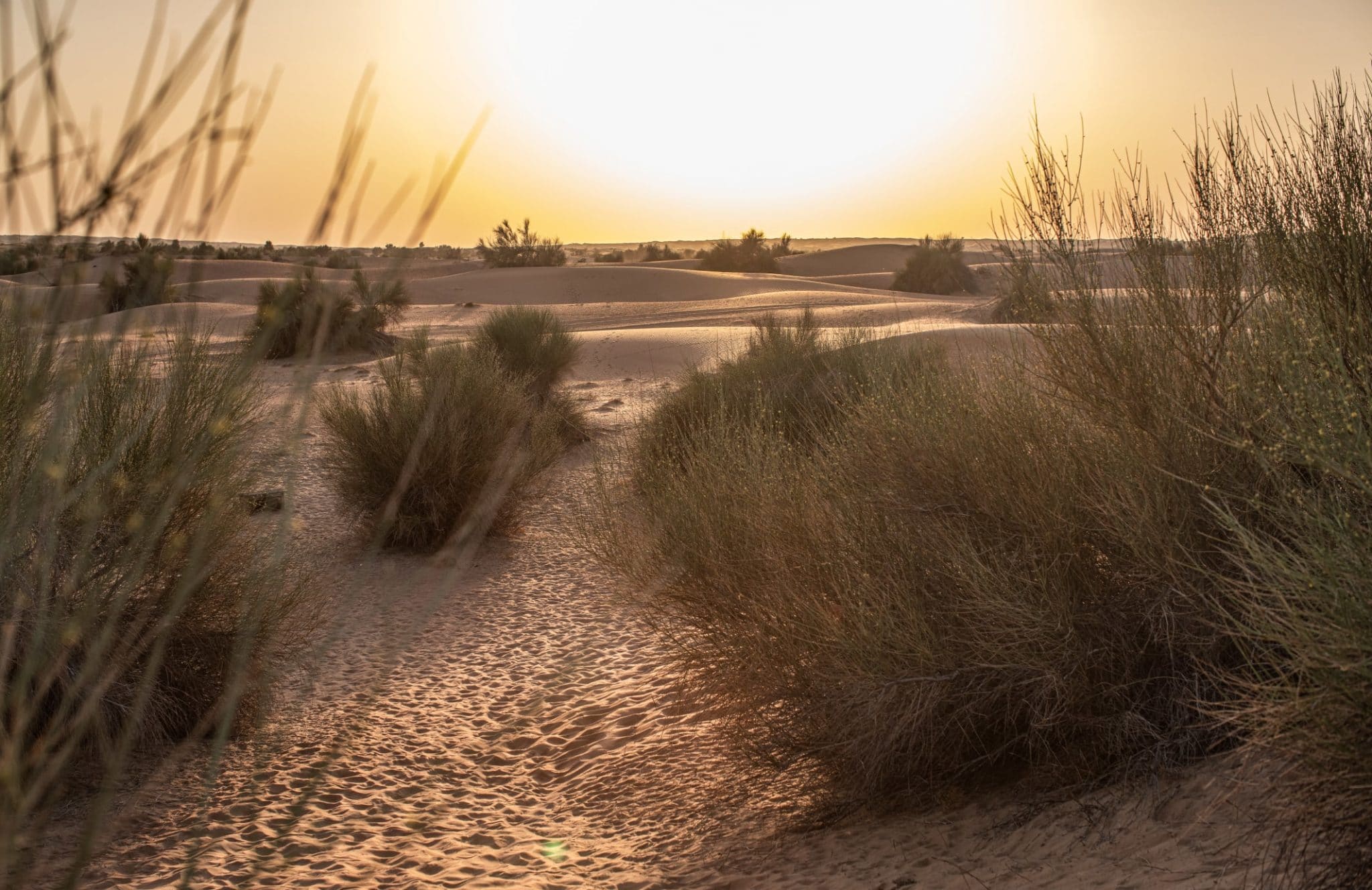

As day breaks the creatures of the night go into hiding, making way for their diurnal counterparts. Gazelles and Arabian oryx begin to roam the wide-open gravel planes, feasting on the indigenous fauna found there.

Driven to the point of extinction in the wild, the Arabian oryx of Al Maha are testament to a hugely successful conservation story. With a total area of 250 square kilometers (96 square miles) — or 5 percent of Dubai’s total land area — under its wing, the DDCR and Al Maha give visitors a rare opportunity to experience the wild side of the emirate, which is better known for its skyscrapers and human-made marvels, and understand the value in its protection.
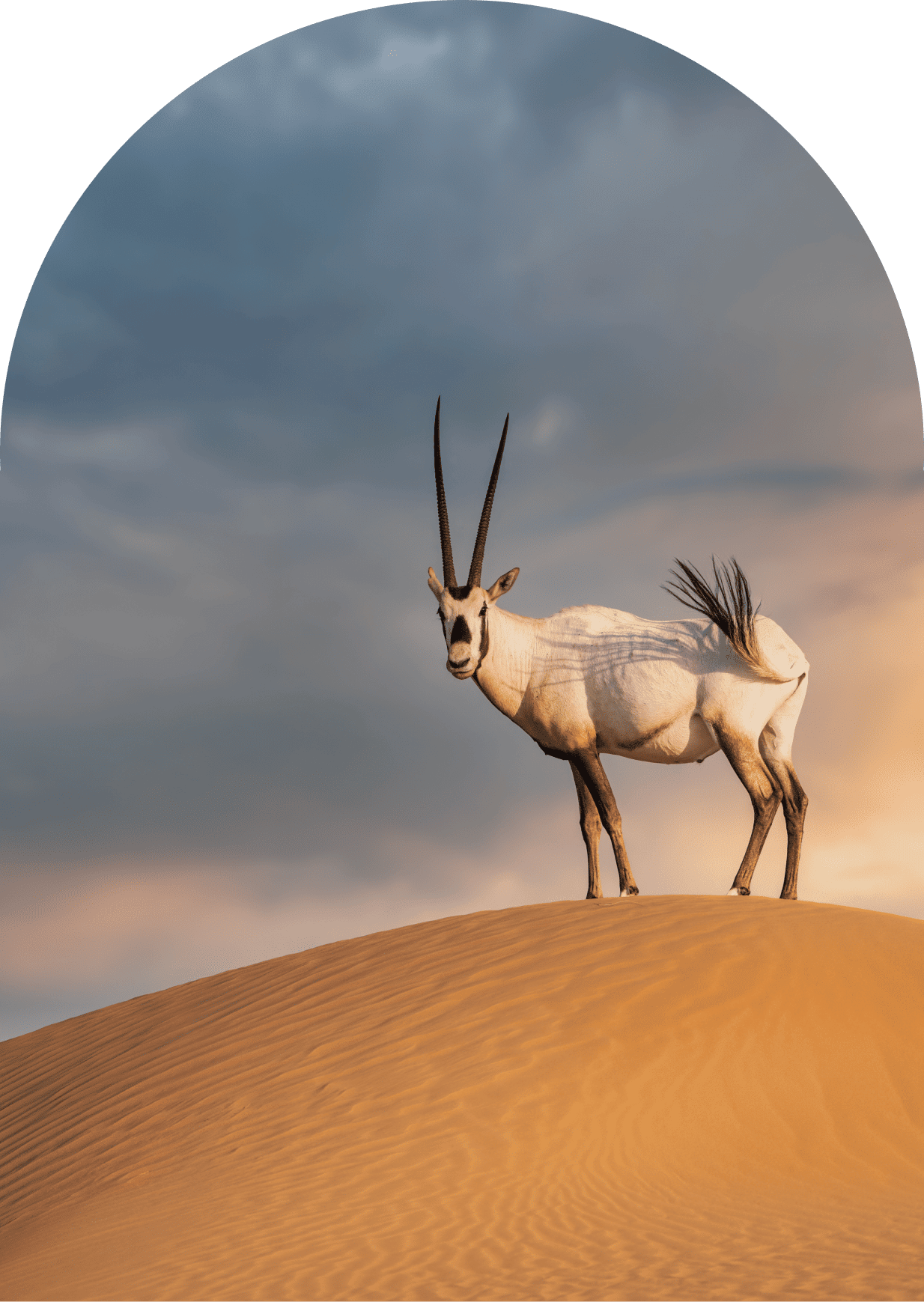
DESERT REWILDING

REWILDING THE DESERT

For centuries, nomadic Bedouin tribes traversed and lived off large swaths of the vast open lands that now encompass Al Maha and DDCR. That lifestyle was forever changed in the late 1950s with the discovery of oil in the region. With oil came money and development, and the Bedouin way of life transformed seemingly overnight.

Still, the desert holds a very special place in the hearts of the people of the Emirates, and this reverence became the impetus for creating a reserve that would not only protect indigenous flora and fauna, but also protect Emiratis’ fragile and sacred connection to the land by restoring it to its original condition.
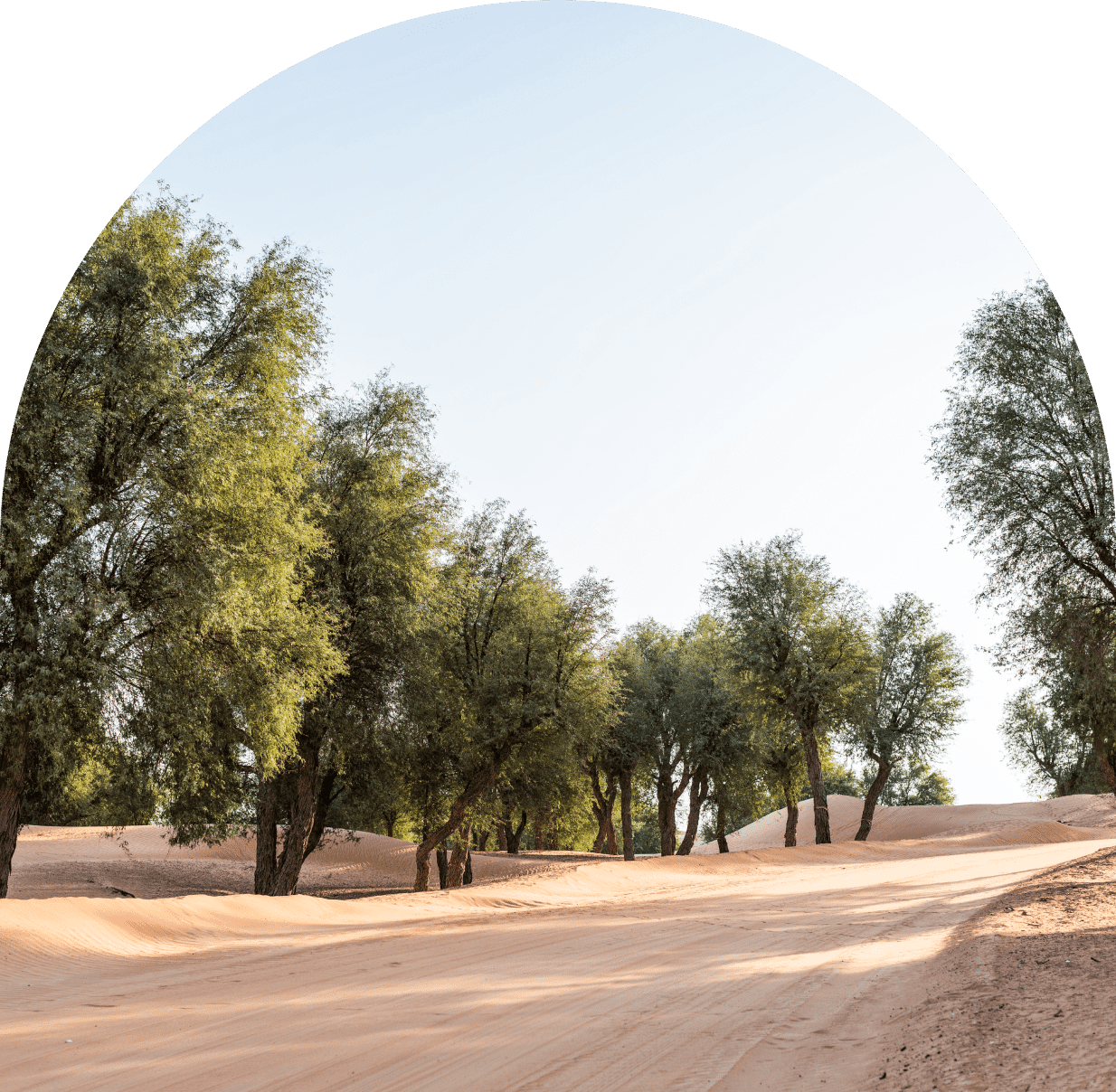

“Resorts get built in protected areas, but out here it happened the other way round,” says Greg Simkins, conservation manager with DDCR. “In Al Maha, a small protected area was created around a luxury hotel.”
The story behind Al Maha’s creation and that of the reserve begins in 1997 when Sheikh Ahmed bin Saeed Al Maktoum, CEO and owner of Emirates Airlines, teamed up with Sheikh Mohammed bin Rashid Al Maktoum, the ruler of Dubai, in an effort to sustain the heritage, culture and wildlife of the region — starting with the protection of a 27 square kilometer piece of land on which it was determined Al Maha should be built.
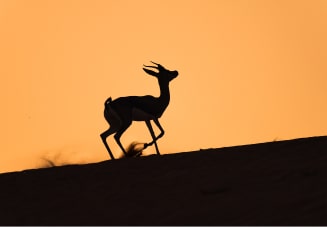

“There’s incredibly strong underground water here,” says Arne Silvis, the hotel’s general manager, explaining the importance of adequate water supply in setting up a resort-like Al Maha. “Over millions of years, rainwater from the Hajar Mountains in Oman ran down a clay bank and settled here in this low-lying valley. The water does not sit in pockets, but the sand is impregnated with it.”
Once the land was identified, 24 Bedouin tribes living in the area were relocated, alfalfa and camel farms were cleared, and a careful process of rewilding the land began. The initial animals — 70 Arabian oryx — were donated by Sheikh Ahmed. On March 1, 1999, Al Maha opened its doors to guests with 30 suites.
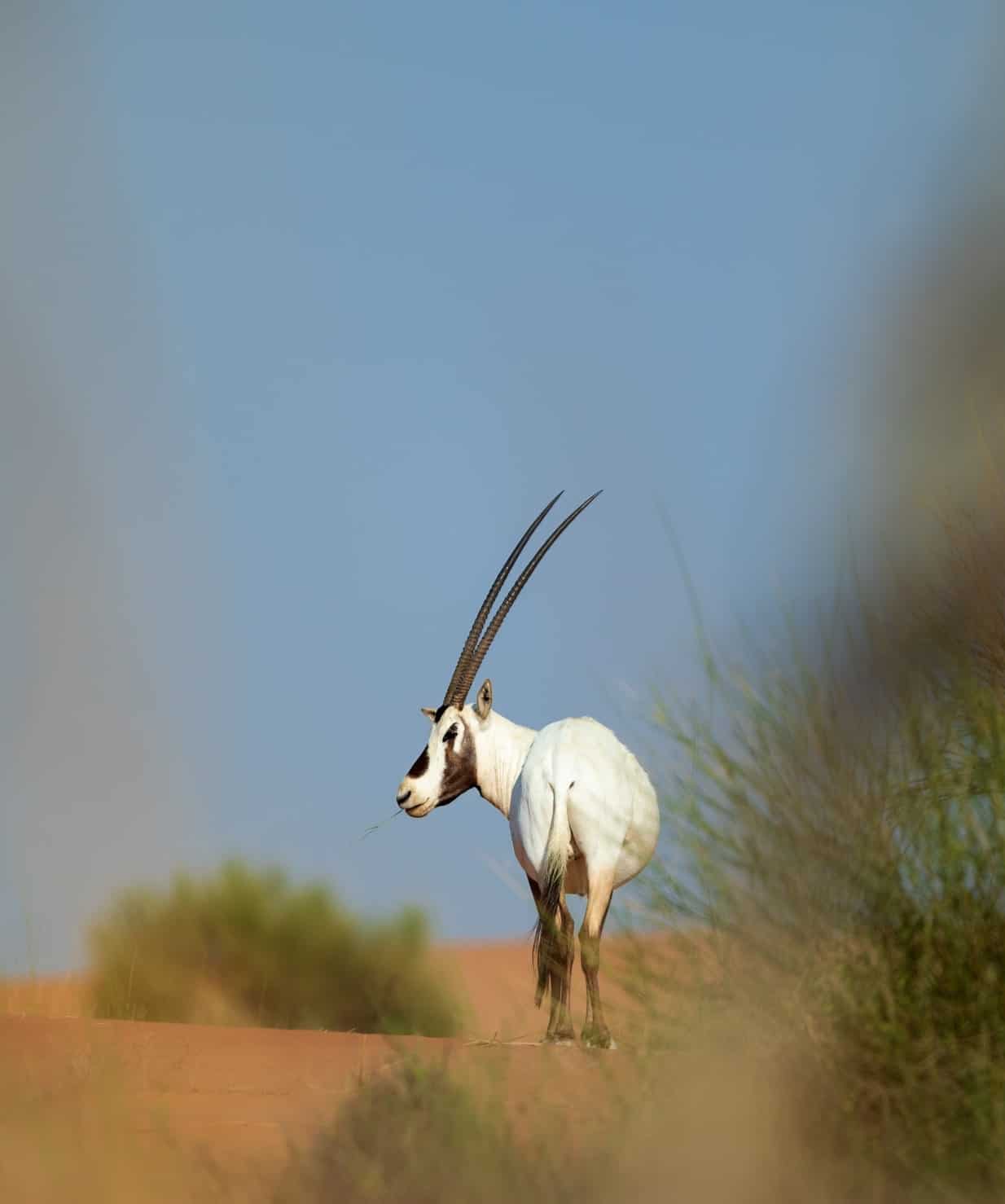

“In 2000–2001, the conservation department planted 6,000 trees, all indigenous acacia species, natural and endemic to the region,” says Silvis. “The vegetation was put on an irrigation system for 12–15 years. They [the vegetation] were ‘starve-fed’ with only a few drops of water at a time, forcing the roots to grow towards the water down below.”


Trees around a watering hole — visible from the hotel’s porch, where guests relax in the evenings — now grow on their own without any irrigation support.
“The idea was to rehabilitate the landscape and return it to its original pristine natural state,” adds Silvis, noting that the endeavor is expected to take 40 to 50 years to reach its ultimate potential. “The goal is to bring it back to how nature intended it to be.”
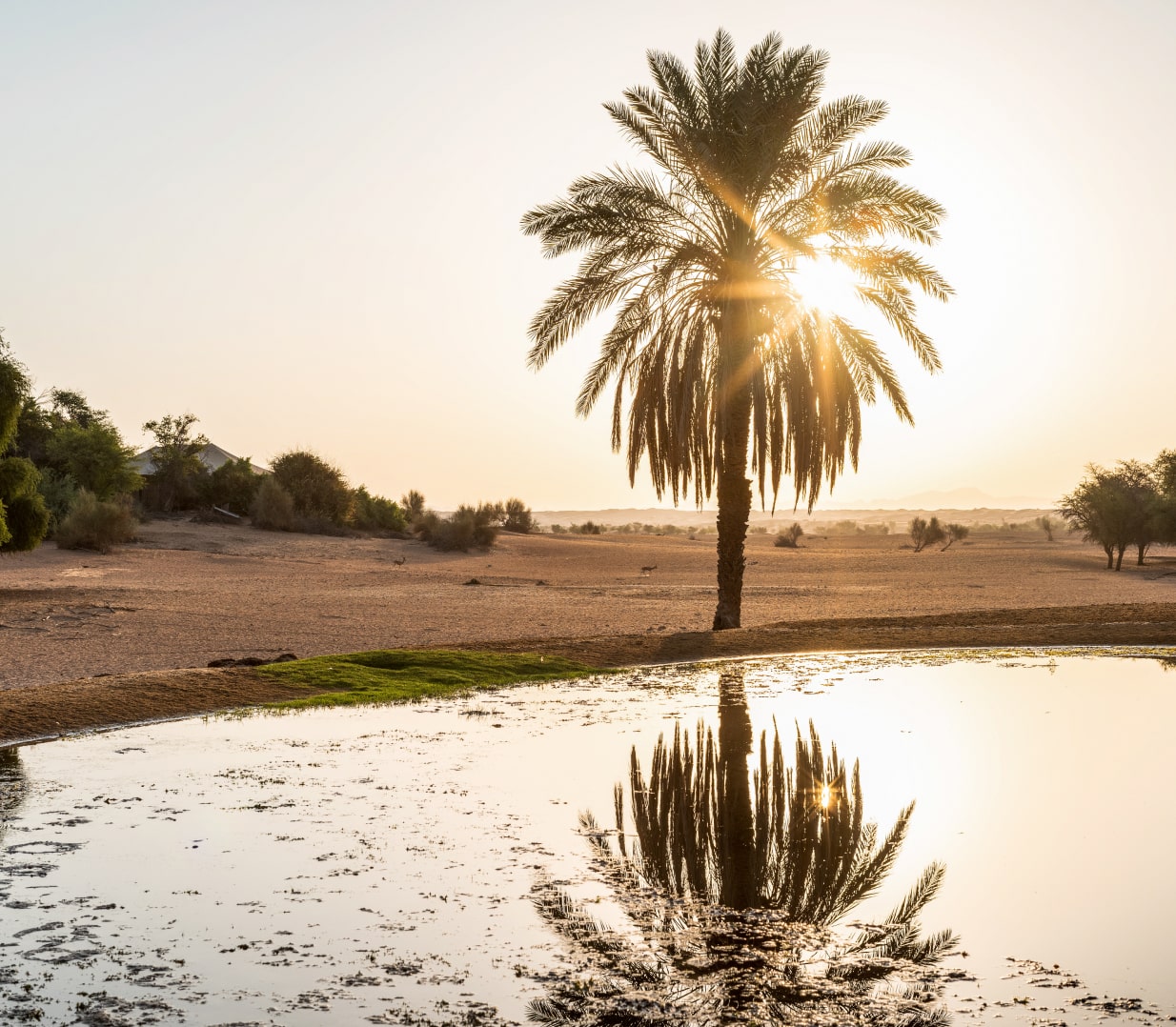

In 2004, buoyed by the success of early conservation efforts, a further 223 square kilometers were granted to the project by the government of Dubai. Twelve additional suites and other facilities were added. As the land area under management grew, so did the scope for conservation, and the DDCR was established.
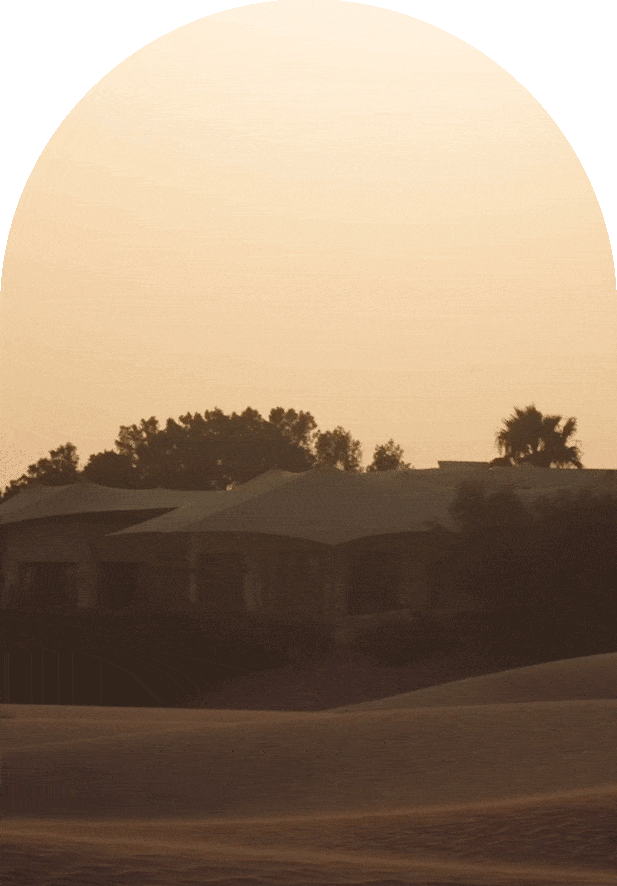
THE ORYX

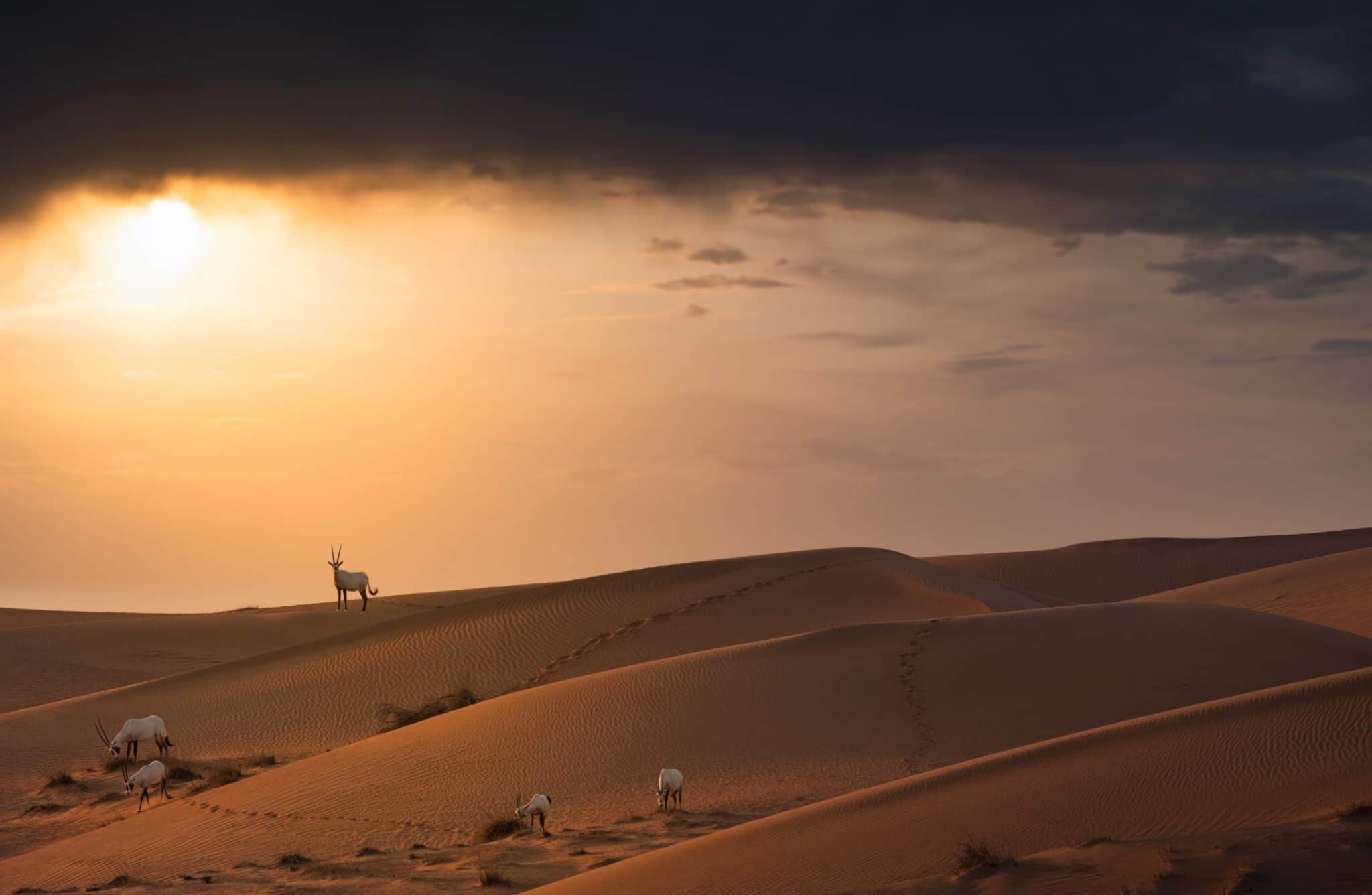
RETURN OF THE ARABIAN ORYX

Al Maha means “oryx” in the local language, and visitors to the resort and DDCR don’t have to venture far into the wilderness to spot these large antelopes with their long, spearlike horns.

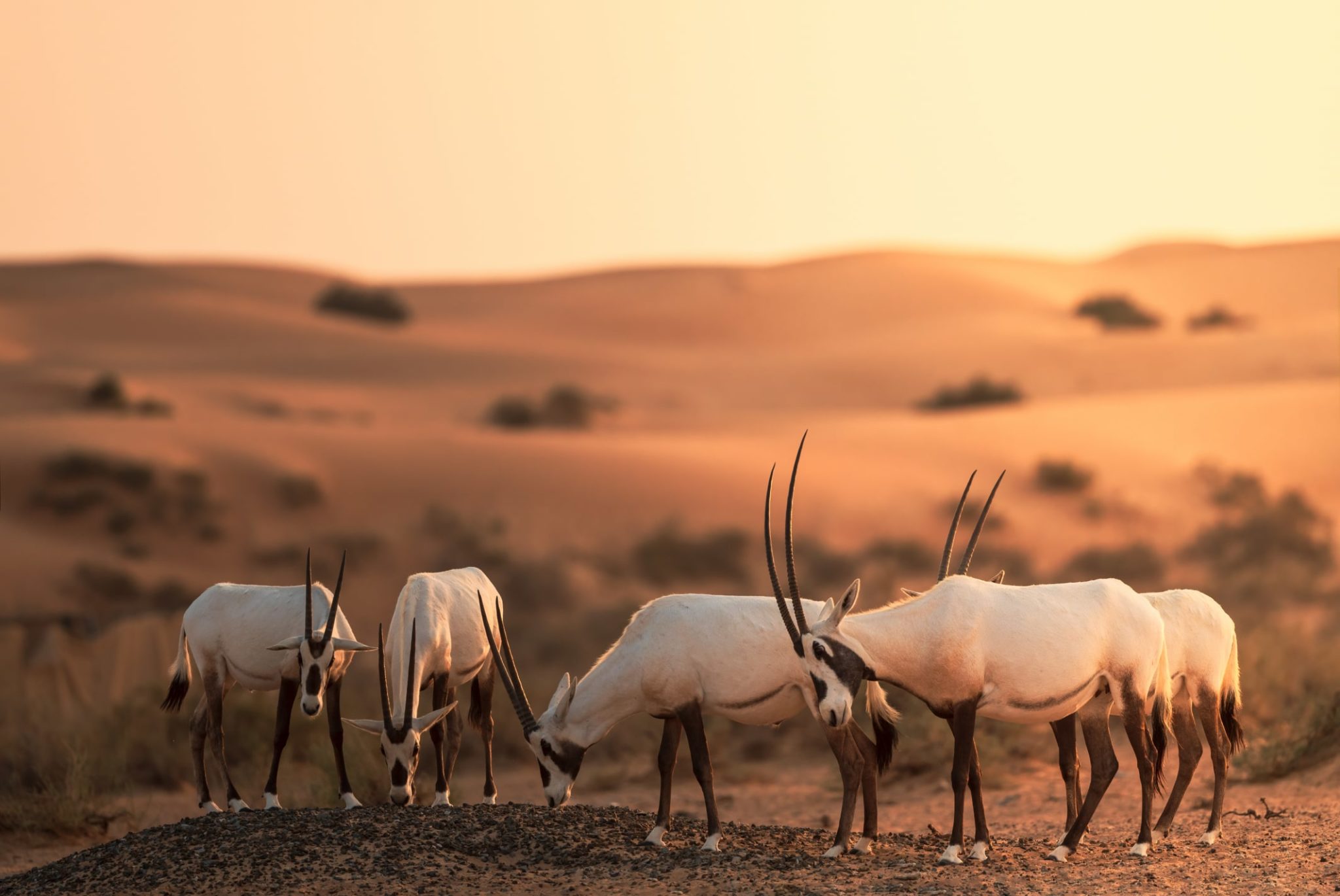

Once extinct in the wild, the species was eventually safeguarded, with a handful being relocated to Arizona. Strict hunting laws were then implemented by the government of the United Arab Emirates, and over time the Arabian oryx were eventually reintroduced at Al Maha.
“When we started, the Arabian oryx was on the [International Union for Conservation of Nature] list as an endangered species,” says DDCR conservation manager, Simkins, noting that the oryx had been declared extinct in the wild since the 1970s.
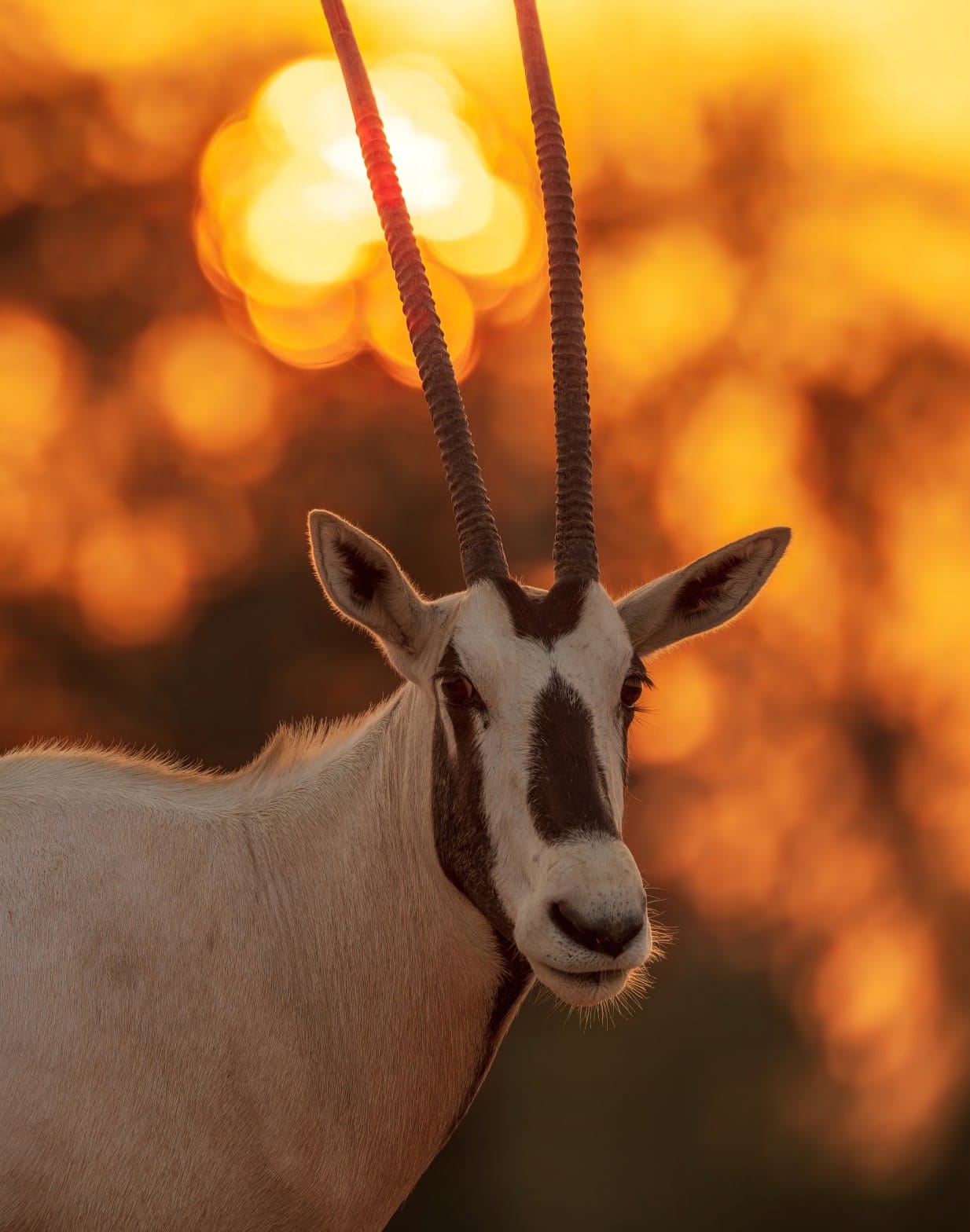

Owing to the DDCR’s careful conservation efforts over the years, the species has thrived, reaching more than 800 in number. When conservation efforts first began, feeding stations with alfalfa and salt licks were introduced across the reserve to sustain the Arabian oryx and gazelles.
“A herd would notice the salt lick and go there. They would eat the food that was given to them and then graze on the natural vegetation,” says field guide Linde. “They would stay in the area, a radius of five kilometers. After a few months the feeding station would move, and with it the animals, giving the vegetation in the area a chance to grow again.”
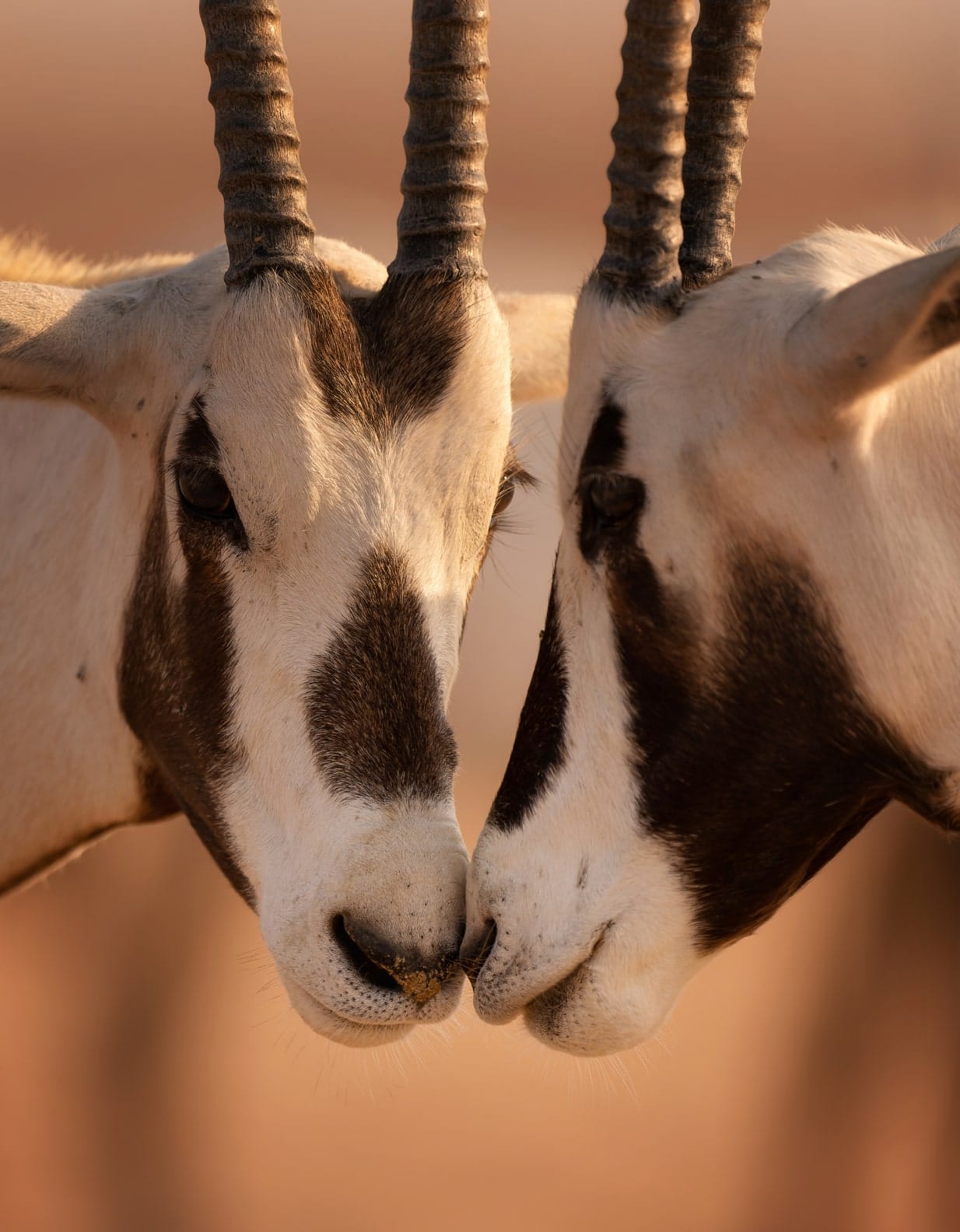

While Arabian oryx are definitely the best-known creatures in the reserve, conservation and rewilding have resulted in a variety of other animal, insect and bird species flourishing in the area.
“If you are a novice, you would look at the desert and think this is a sandbox,” says Gerhard Erasmus, head of operations at the hotel. “But if you are a nature enthusiast, you would look at the ground level and see that it’s teeming with life — with camel spiders, scorpions, snakes, lizards and more.”

A passionate nature lover, Erasmus is responsible for managing the field guides and activities at the resort that teach guests about the abundant vegetation and wildlife on property and throughout the reserve — yet another sign that conservation efforts are paying off.
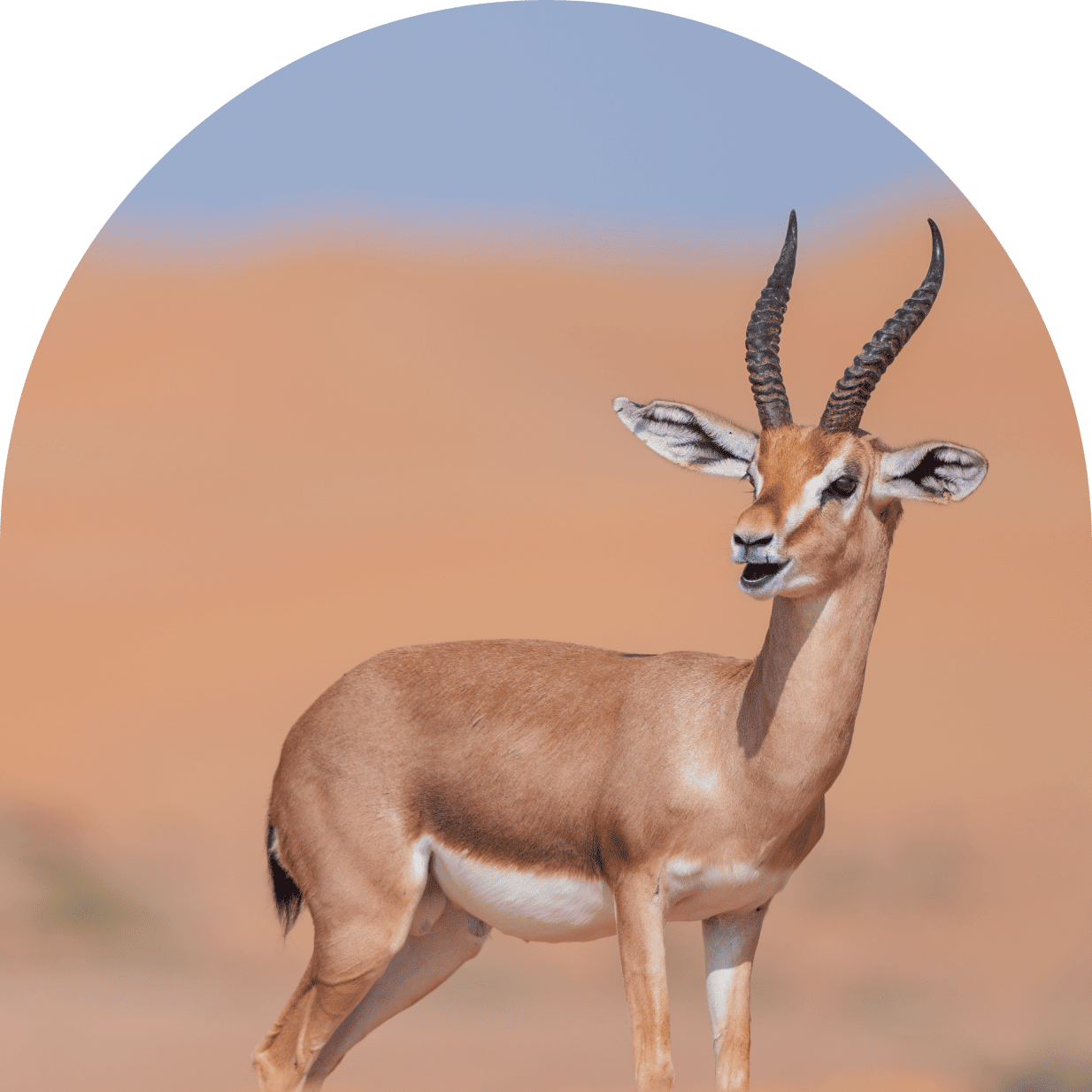


“A clear sign of success is to compare the species you see inside versus just outside the gate,” says Erasmus. “In an area that’s barren and has been disturbed by people driving around, you find species like the Sodom’s apple and desert squash that are hardy and capable of surviving in very tough conditions. Plant succession is one of the prime examples of how the area has flourished in the last couple of years.”

One of the most popular sights at the resort is the Ghaf tree forest, a small cluster of trees dating back a hundred years and growing in a clearing in the midst of towering sand dunes.
The robust Ghaf tree is deeply intertwined with the culture and traditions of the region. The Bedouins relied on it for food, shelter, fodder and medicine. Over time, increasing urbanization, depletion of groundwater, overgrazing and overuse of land all posed considerable threats to the Ghaf.

To protect it, in 2008, the tree was declared the national tree of the UAE. At Al Maha, thanks to adequate water and a lack of camels grazing the branches bare, the trees are thriving.
The preserve offers a slice of wilderness that would not have existed without strict laws and careful conservation efforts backed by adequate funding. Returning a piece of land to its natural state takes considerable work, and Simkins and his team constantly monitor the ground-level situation, stepping in as and when required.
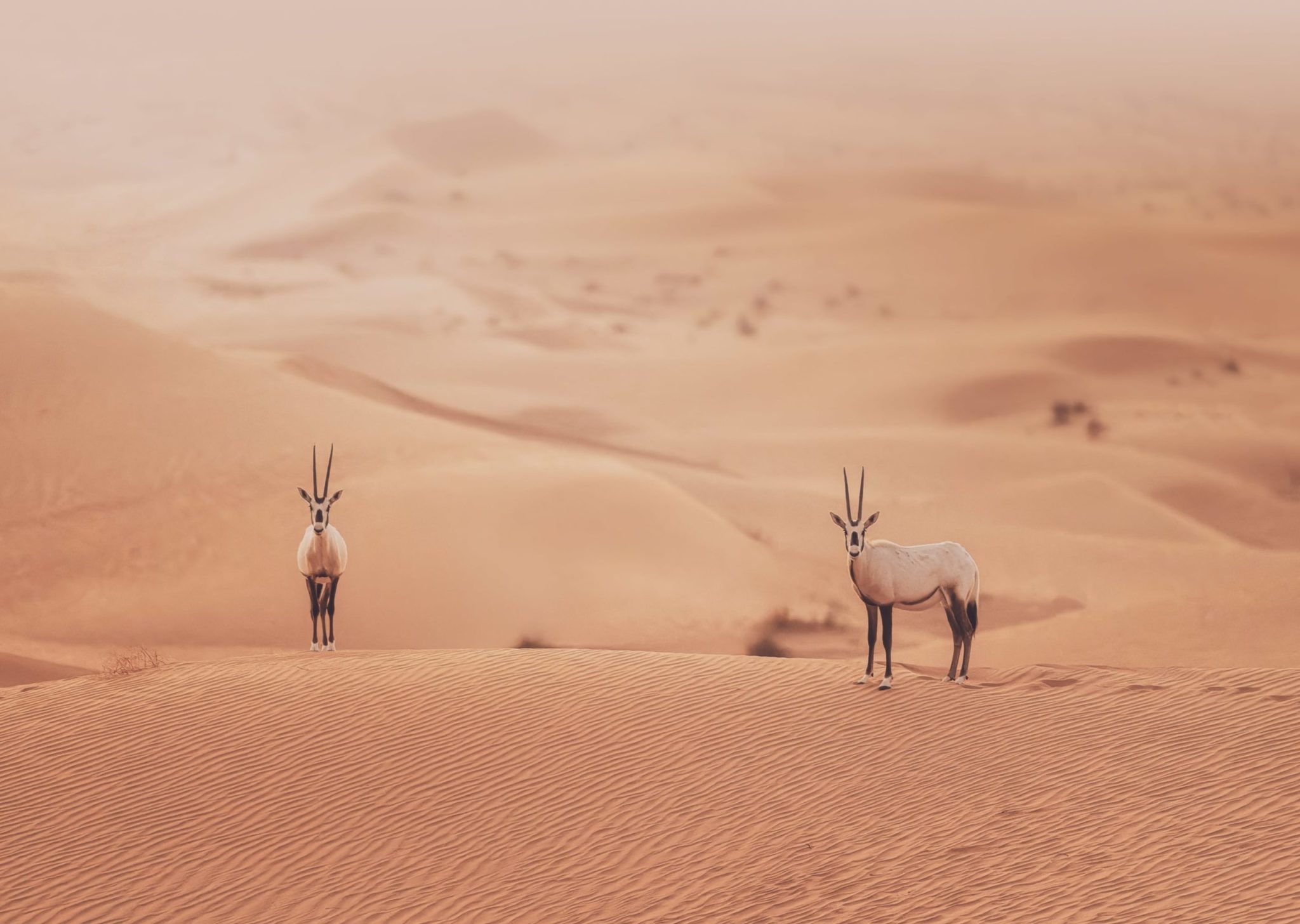
SUSTAINING AN OASIS

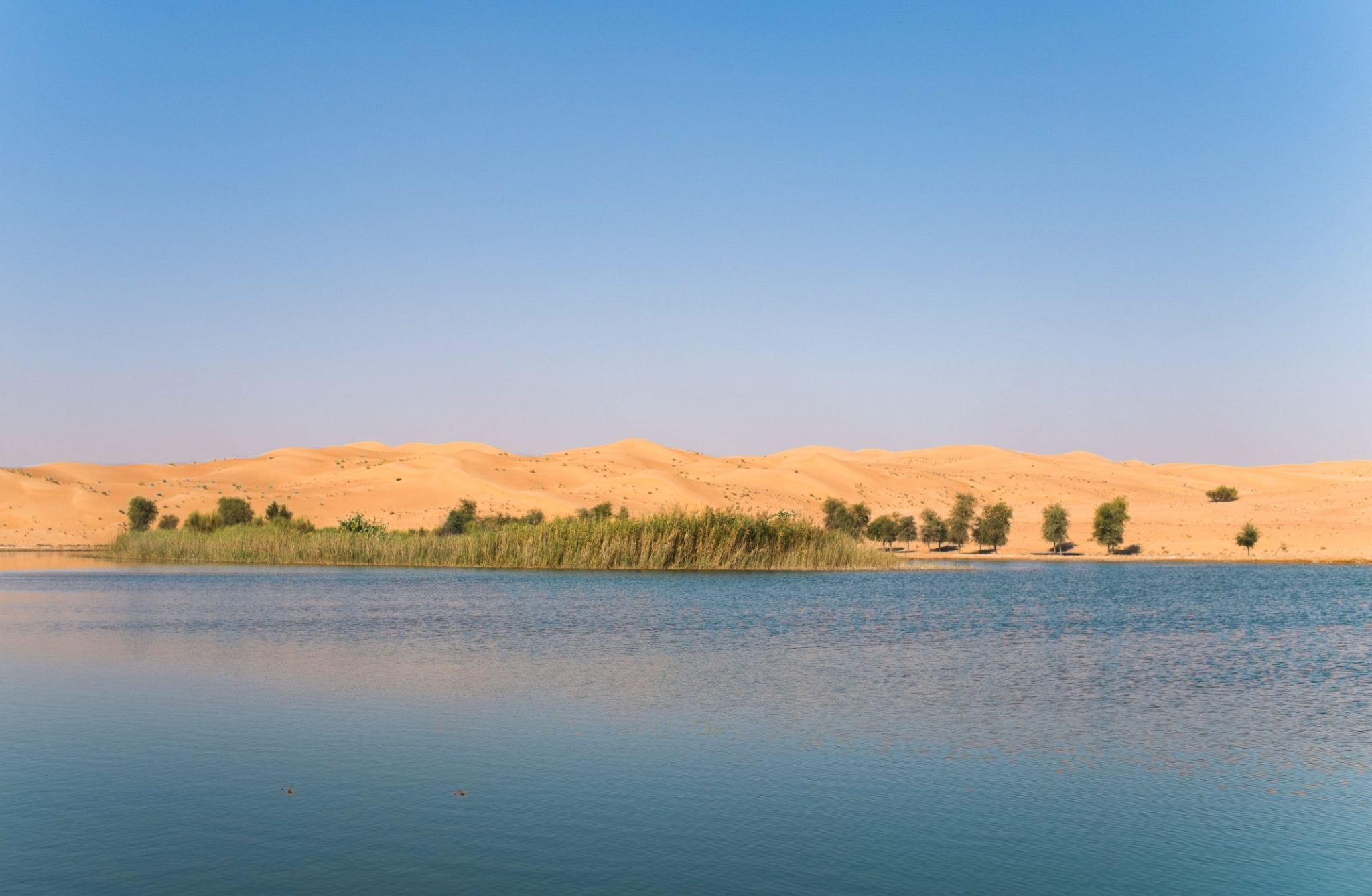
SUSTAINING AN OASIS

Along with conservation, sustainability has also been a focus at Al Maha. While no effort is spared to create a luxury experience for guests, behind the scenes, a lot goes on to ensure the environment and surroundings are not compromised in any way.

With its sand-colored tents interspersed between lush green foliage, Al Maha alludes to a stunning Arabian oasis in the desert. All of this is possible because of the ancient aquifer that supplies precious water through six bore wells spread across the property.
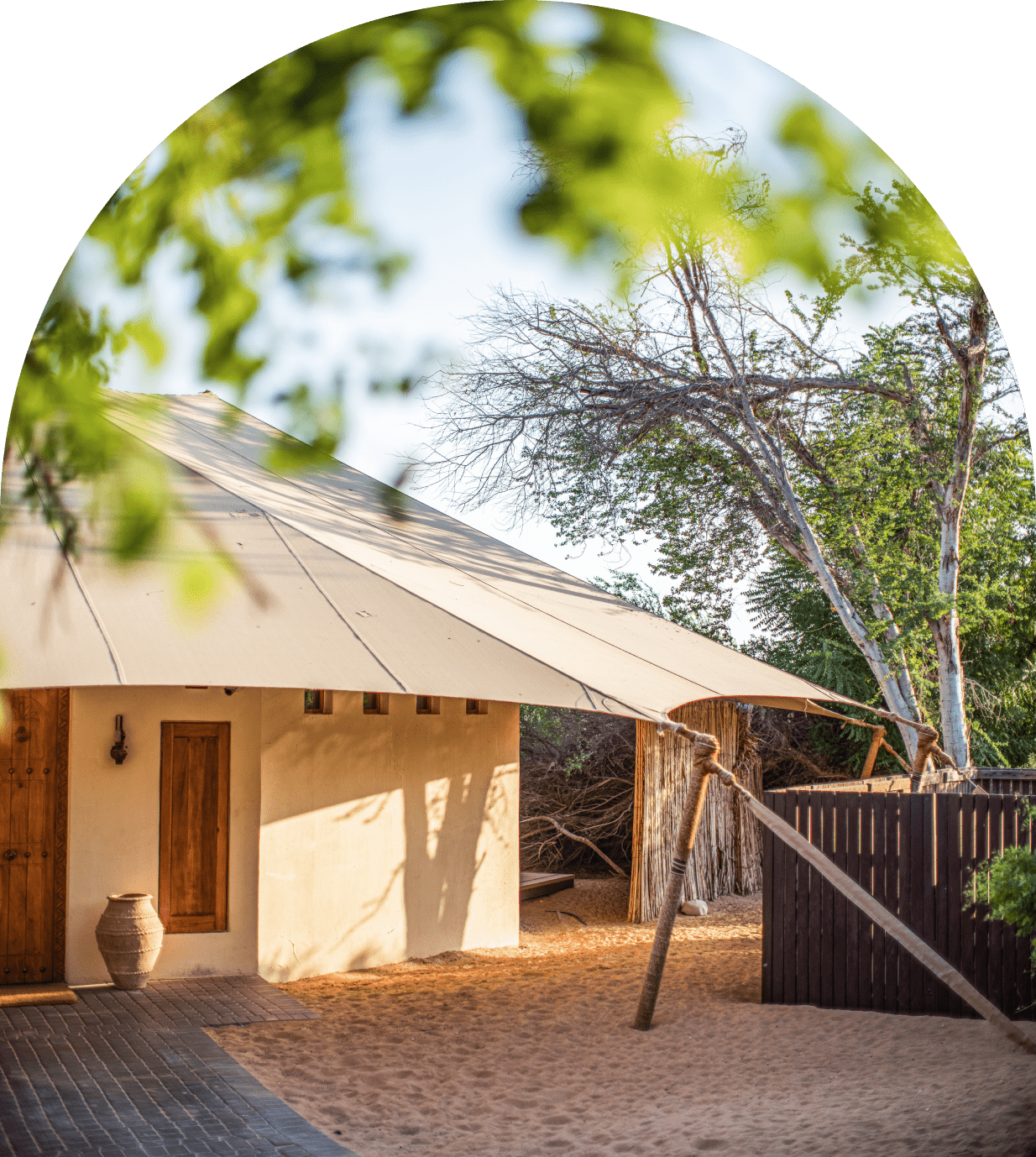


But water conservation is just the beginning of Al Maha’s sustainability efforts. Energy consumption is also closely monitored. Solar panels heat the pools in each of the suites, 75 percent of lights throughout the property are LED, and all cooking oil from the kitchen is collected and converted into biodiesel.
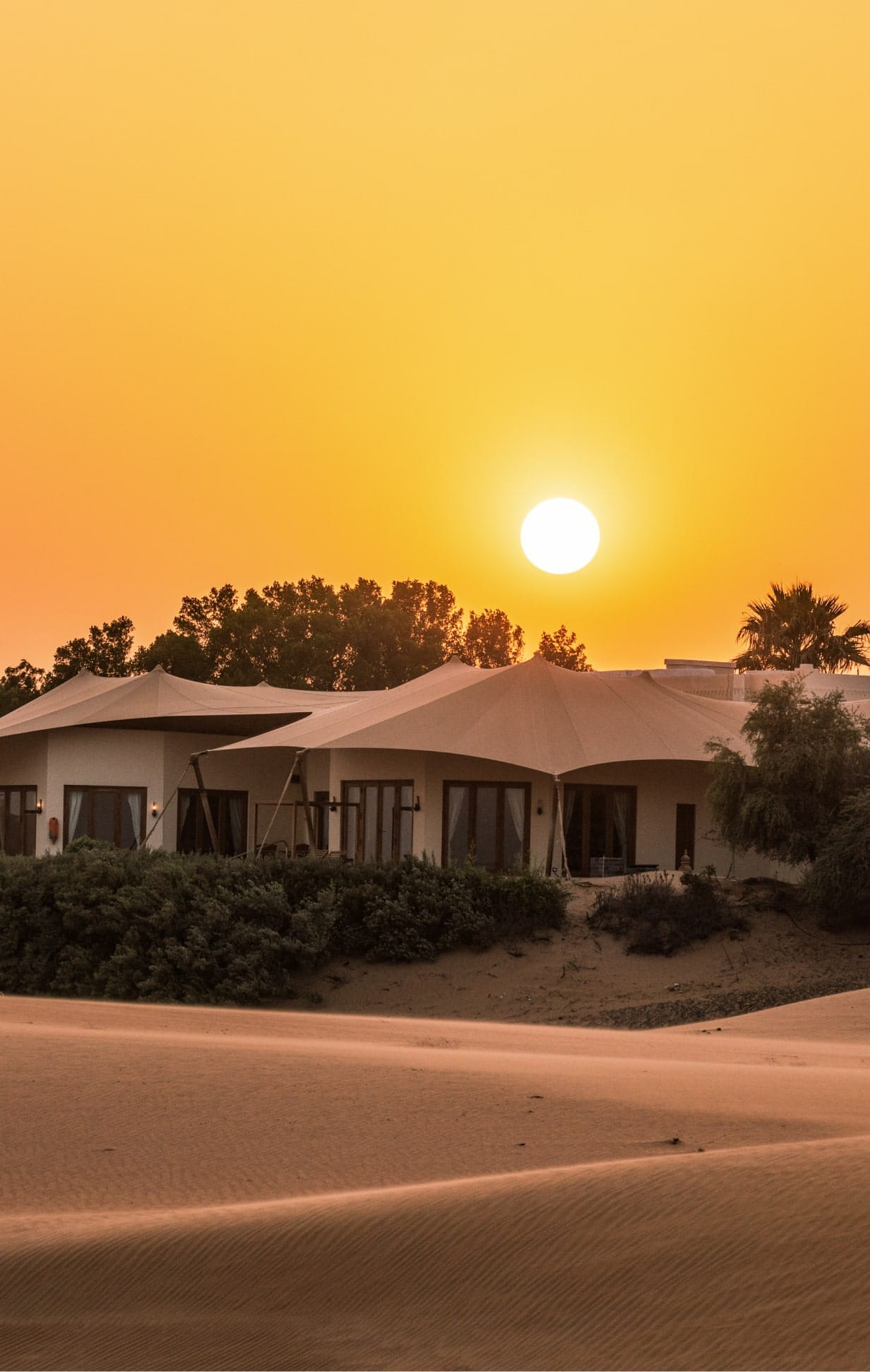
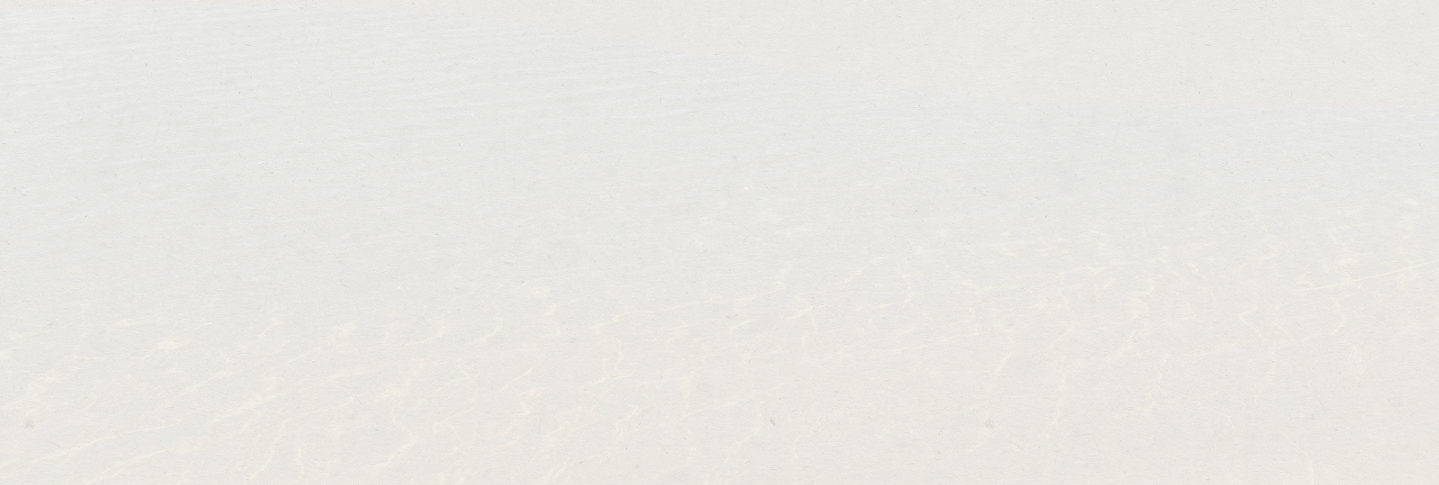
Staff at the hotel are trained on how to recycle and segregate waste. Once the waste is segregated it’s picked up by a recycling company. Styrofoam is no longer used, drinking straws are composted and any plastic bottles that have been used are collected by a company that shreds them and uses the fiber to make garments that are sold back to the hotel to sell at its curio shops.

Experiencing Conservation

EXPERIENCINGCONSERVATION

“One of the biggest attractions at Al Maha is in the mornings, you open up the windows and there’s a gazelle drinking water from your swimming pool.”
GERARD ERASMUS

While having swimming pools in the desert may raise eyebrows, they have a surprising benefit.
“In the greater scheme of things, many years ago, before Al Maha was established, everything around here was farmland; in totality the farms used far more water than the hotel currently uses,” says Silvis. “Creating this resort and conservation reserve is preserving and prolonging the life of the underground aquifer.”
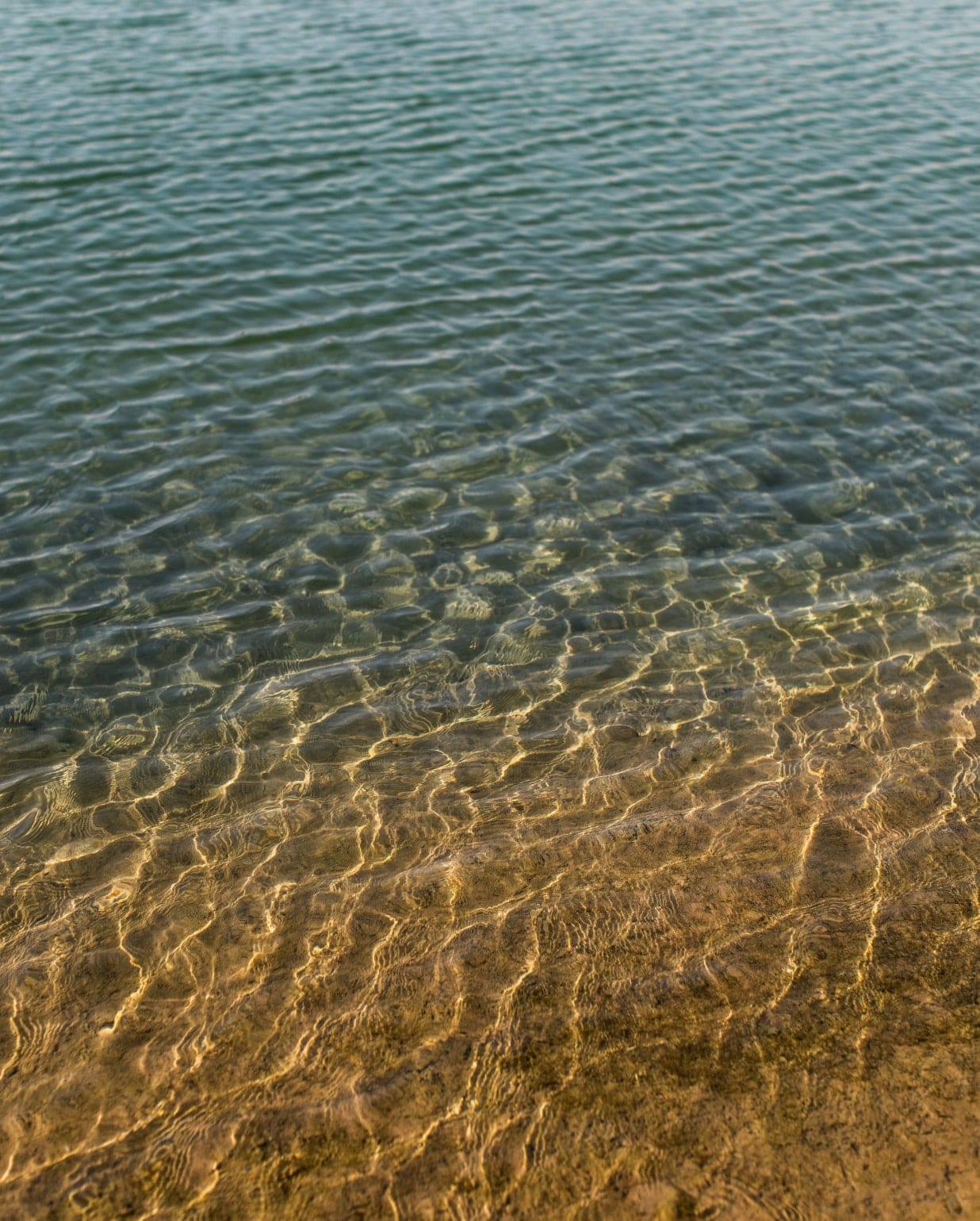

Giving guests a chance to live on the wild side is also a way of immersing them in the environment. Taking nature walks, visiting the Ghaf forest, having a sundowner somewhere deep in the desert, and interacting with falcons and camels are a few of the many ways in which guests can soak in the outdoors.
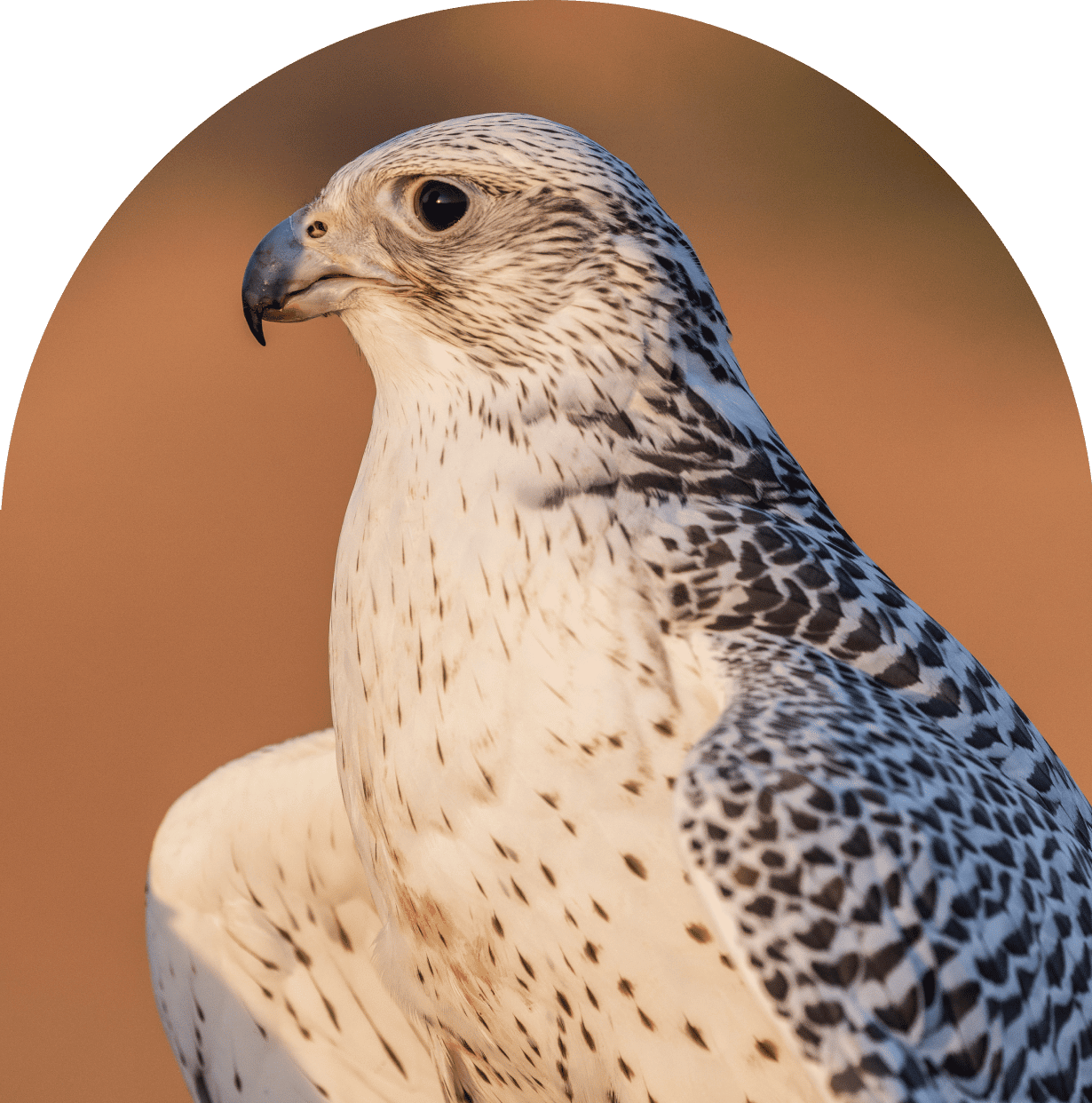

With almost 25 percent of guests returning to Al Maha year after year, a significant number of visitors have become well trained and informed about the flora and fauna of the area.

“I can give them my safari outfit, and they can become a guide.”
GERARD ERASMUS

“People who come to Al Maha have a very unique opportunity to really interact with the environment that we have out here,” says Simkins, adding that the resort and the surrounding reserve support and sustain each other. “People will come here time and time again because of the special feeling of the desert.”
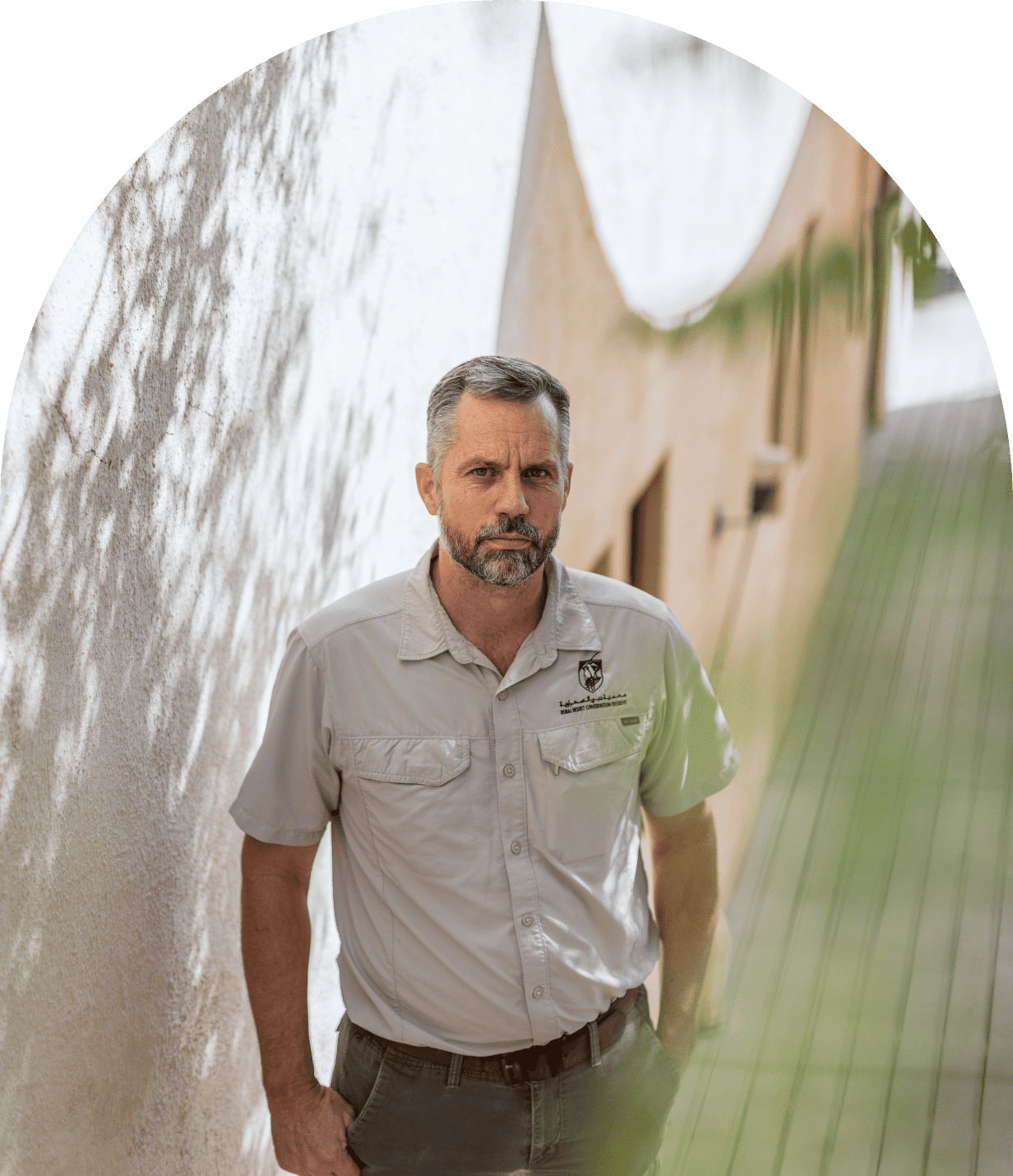
IF YOU GO

